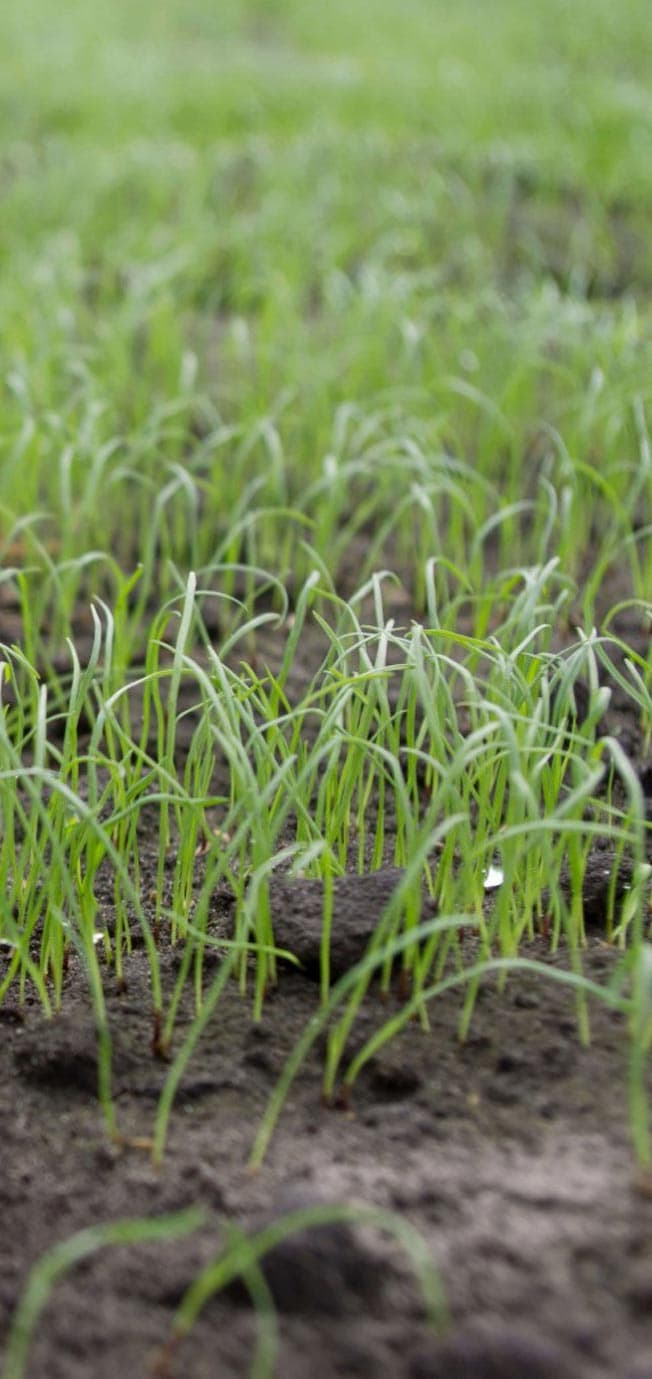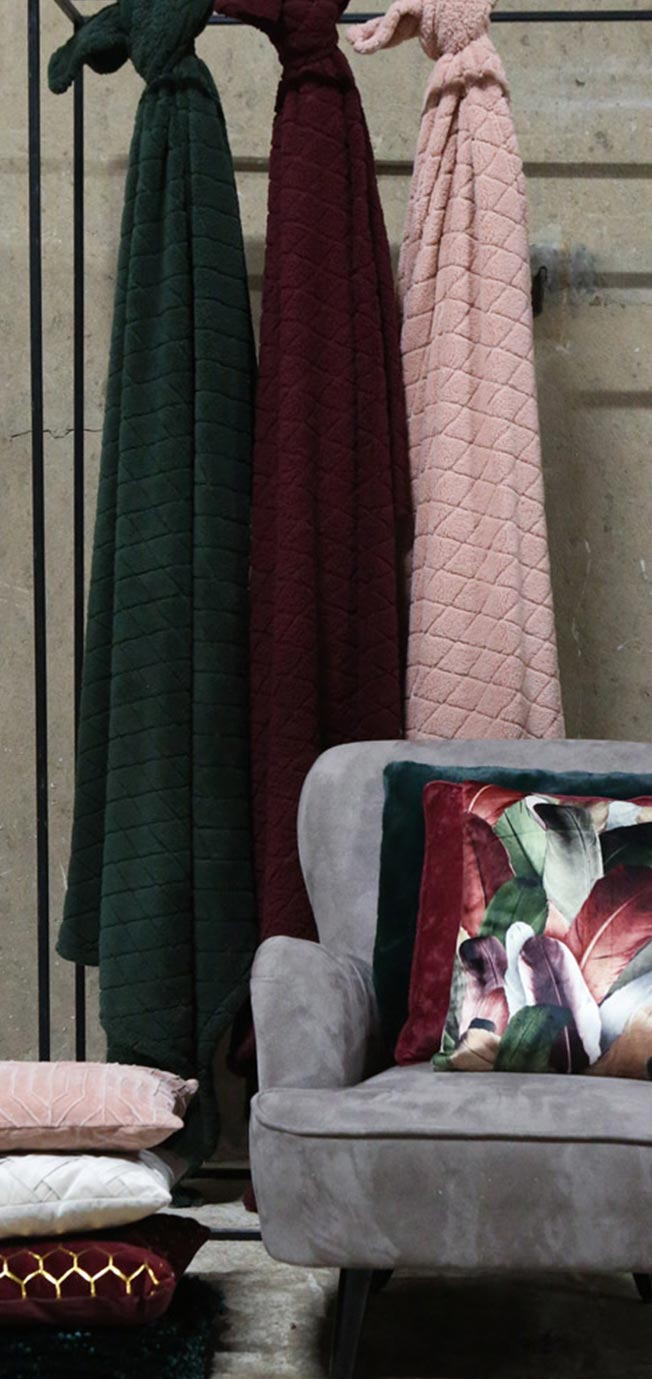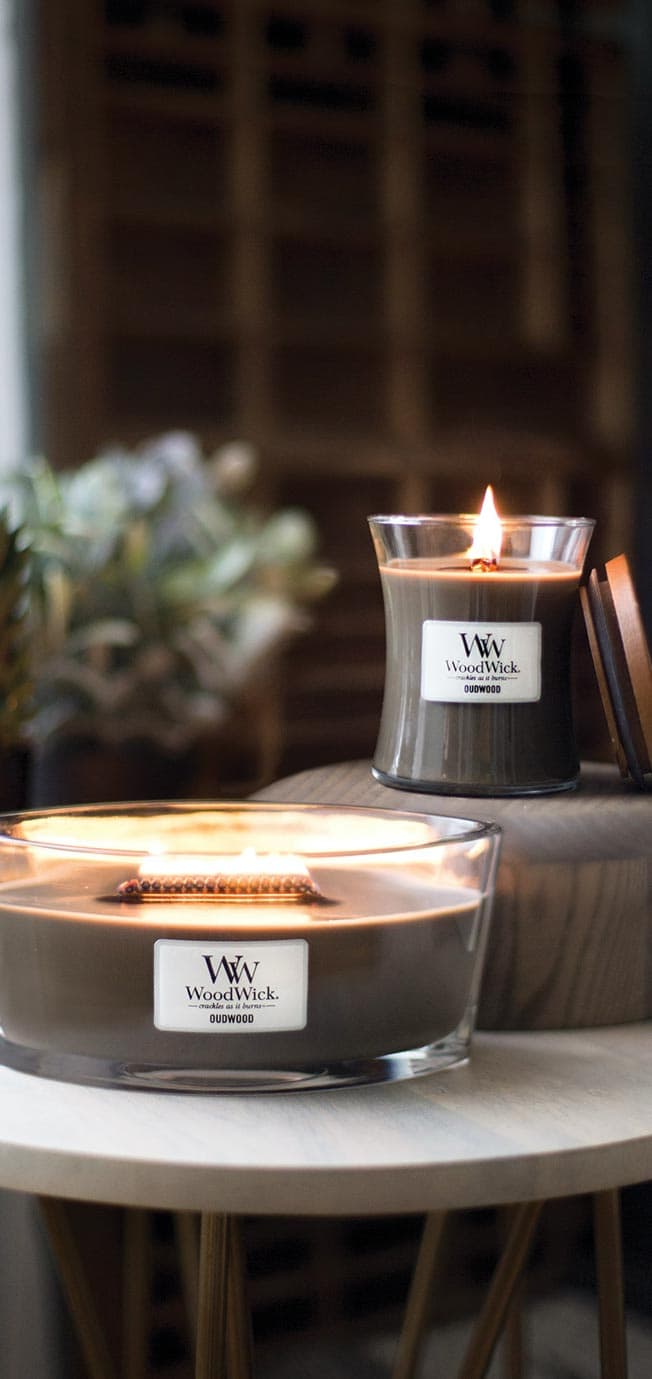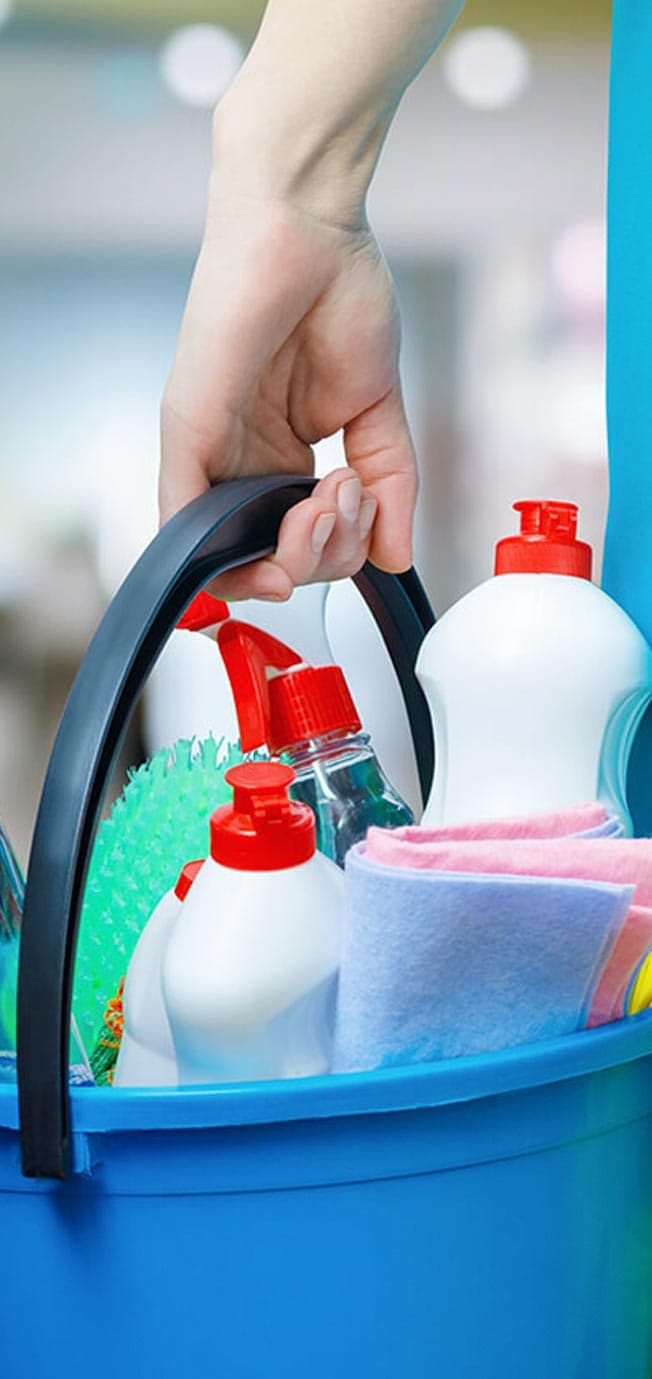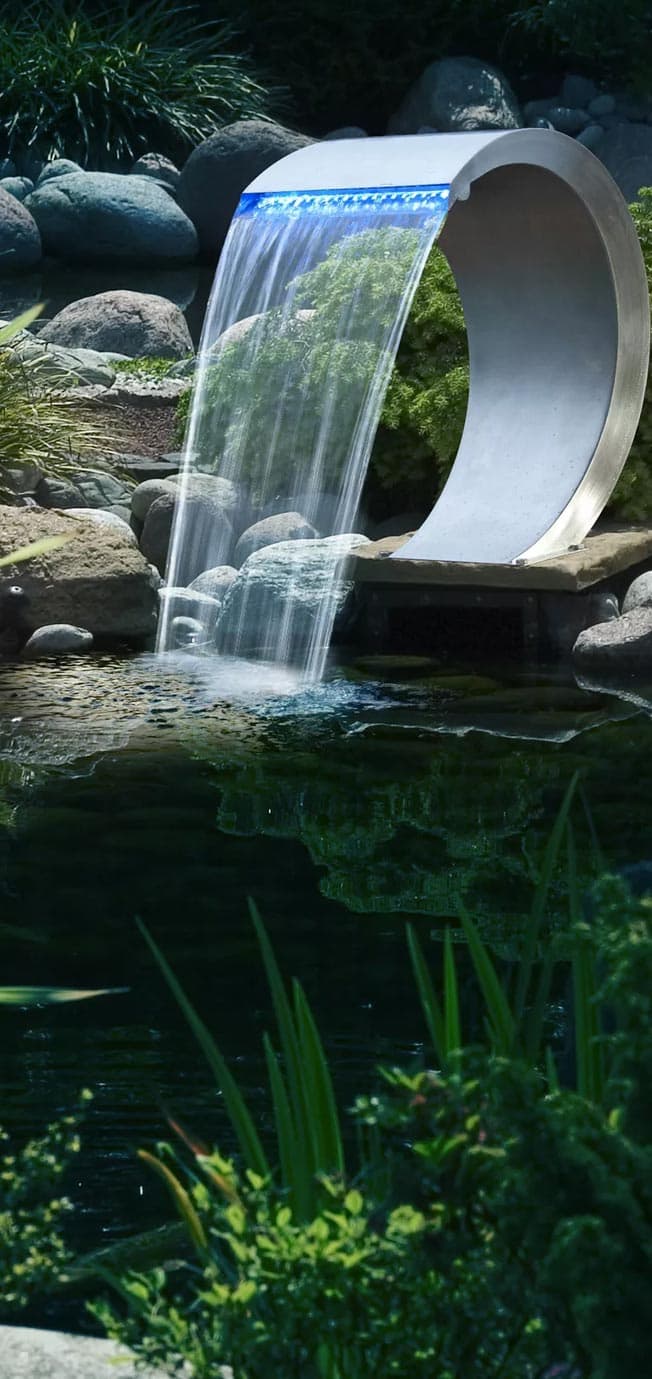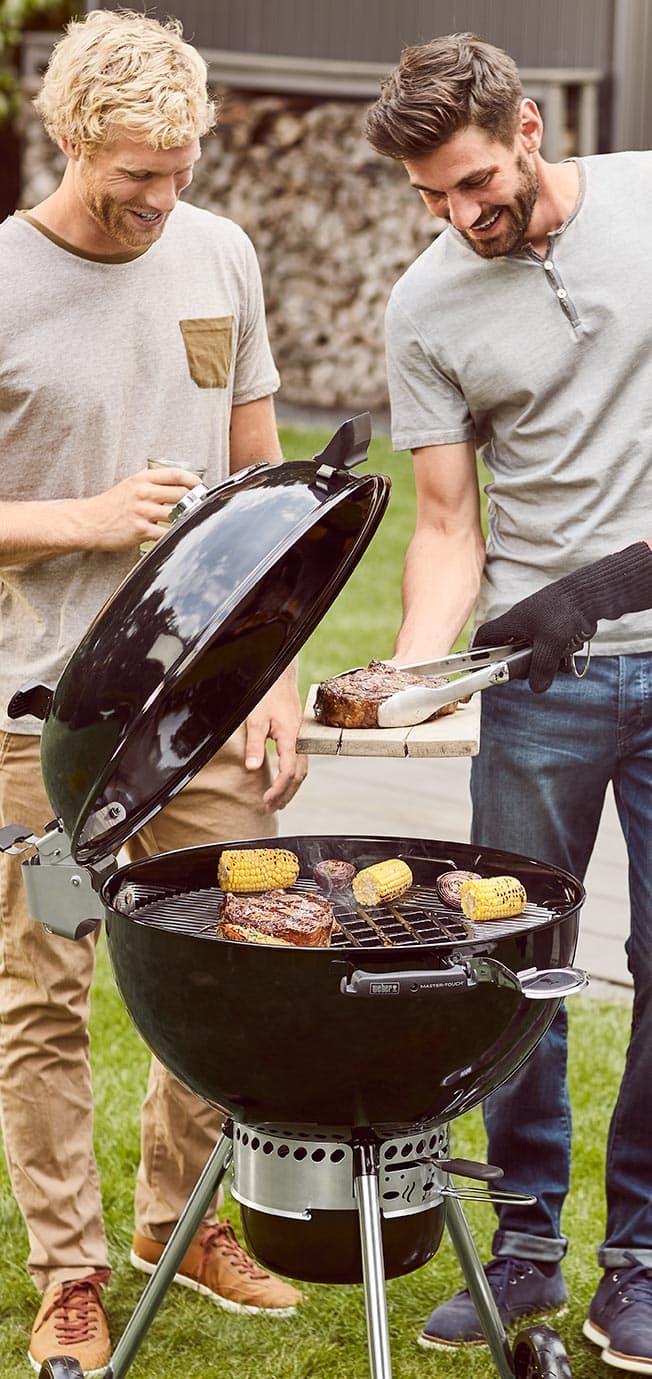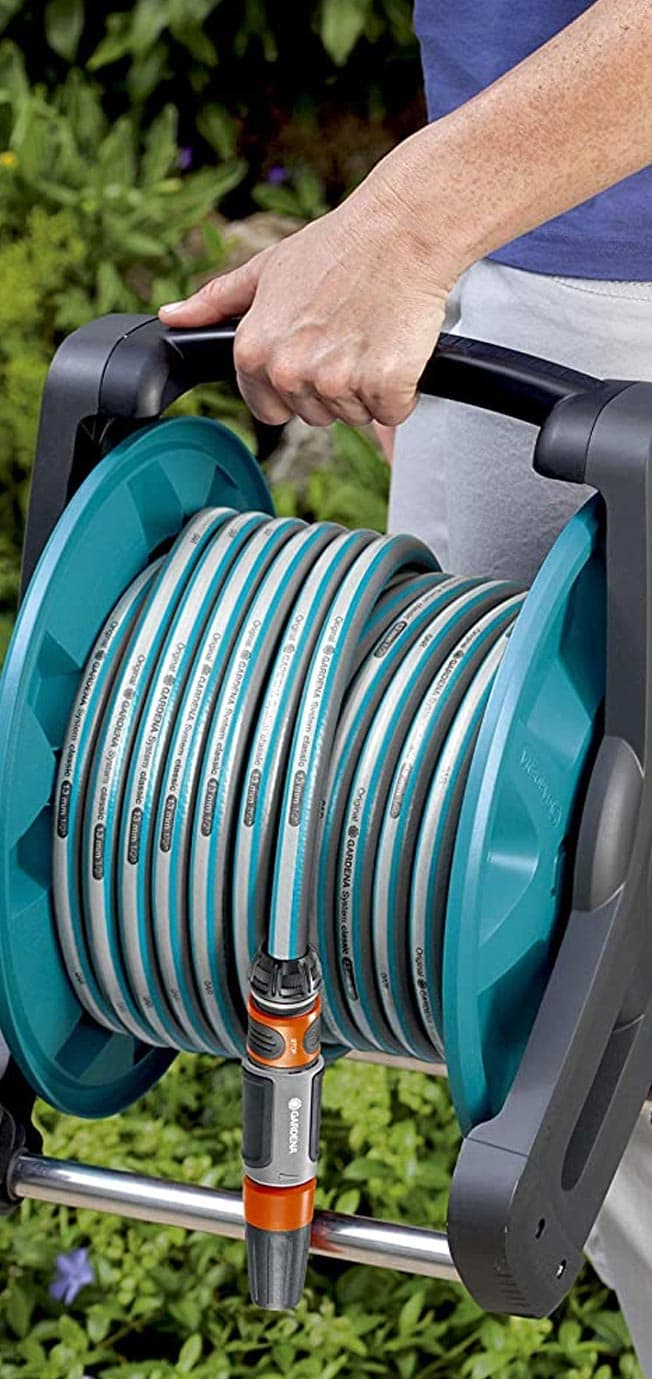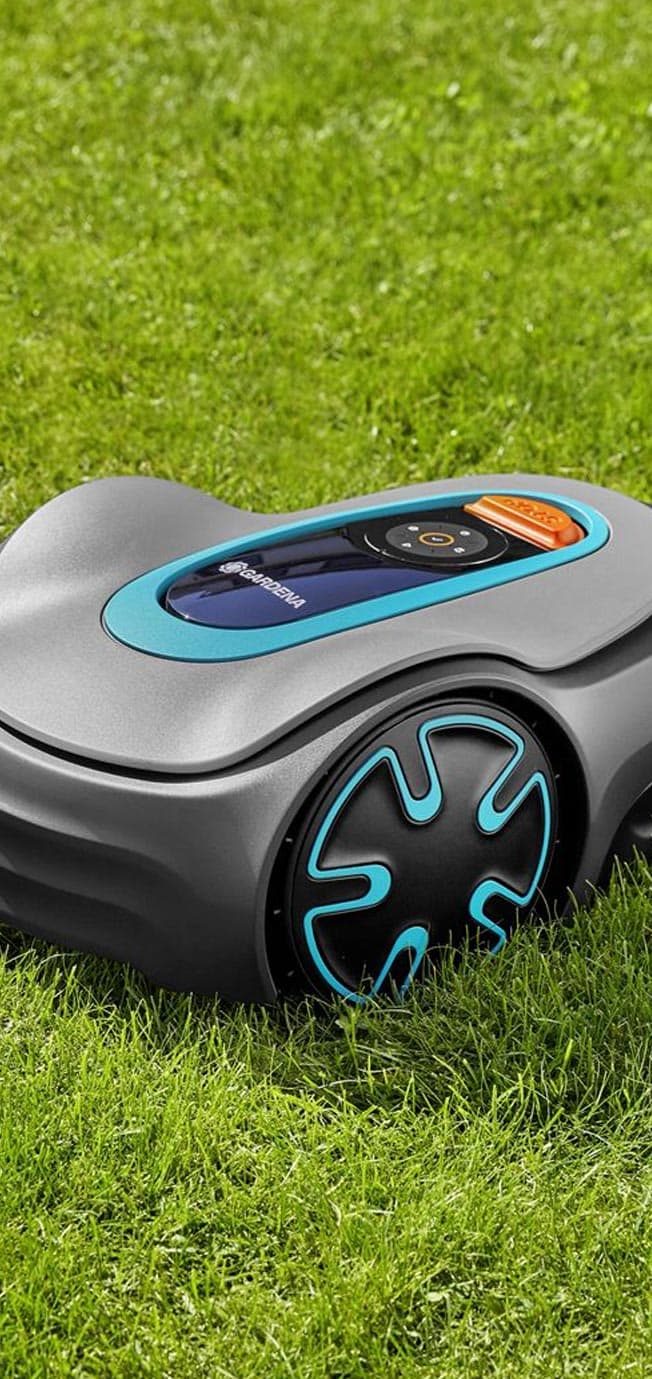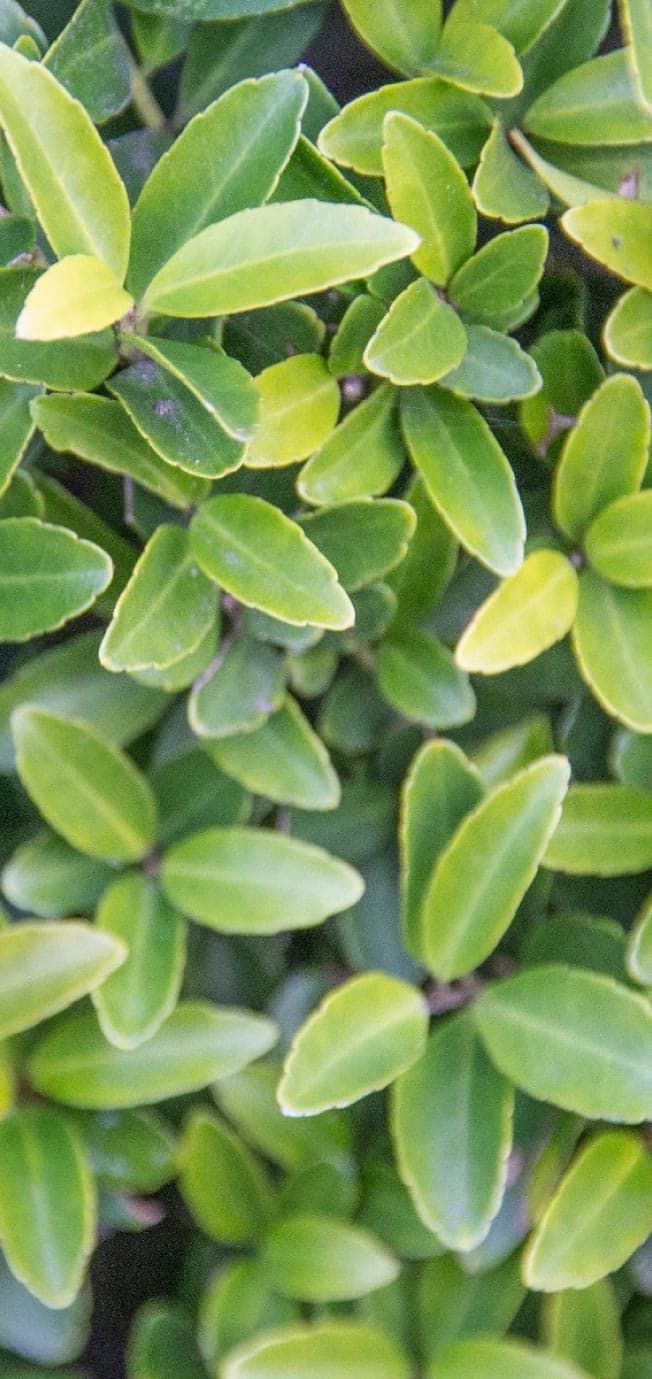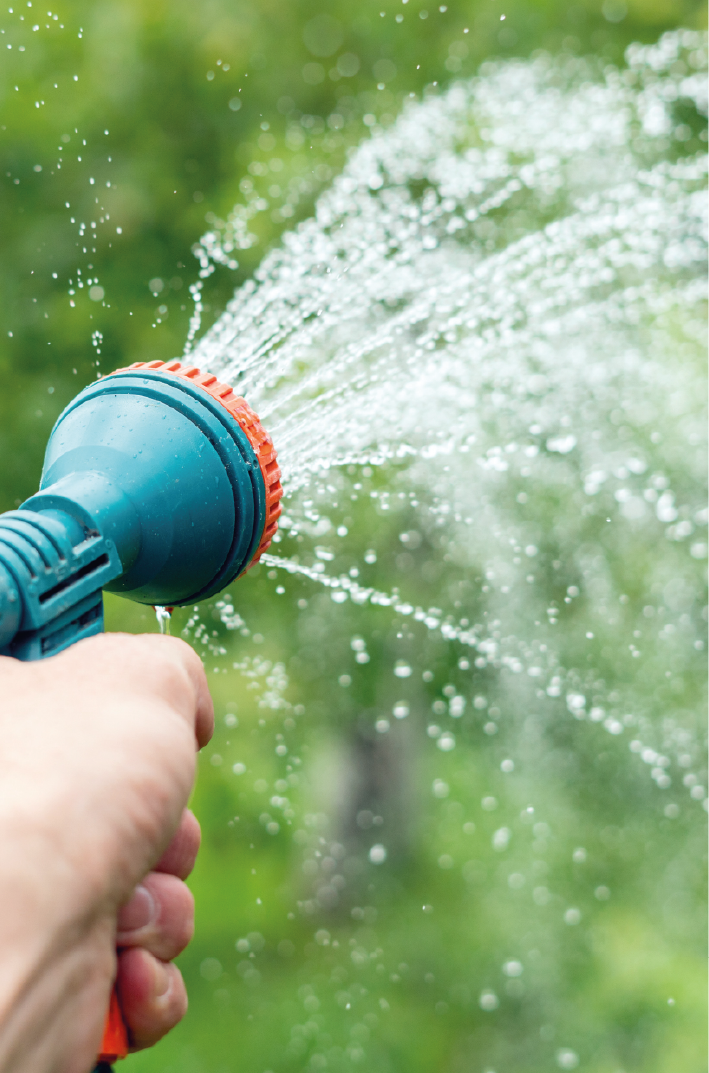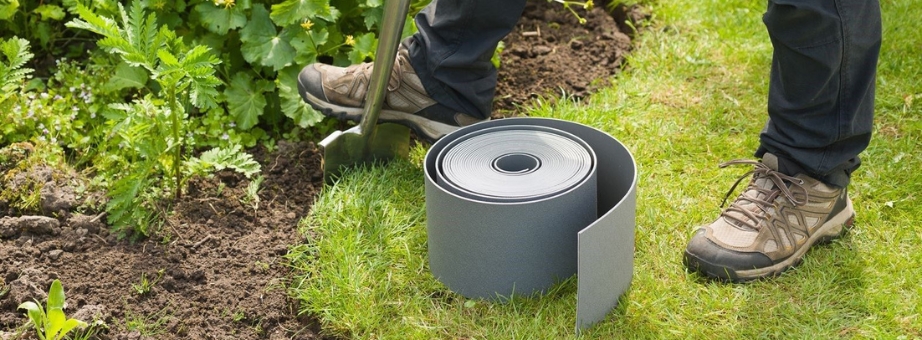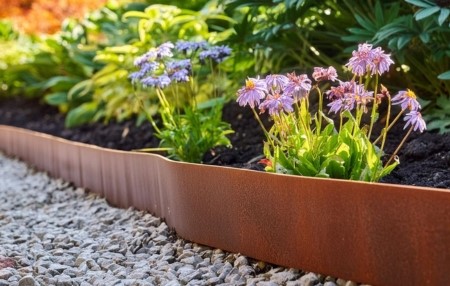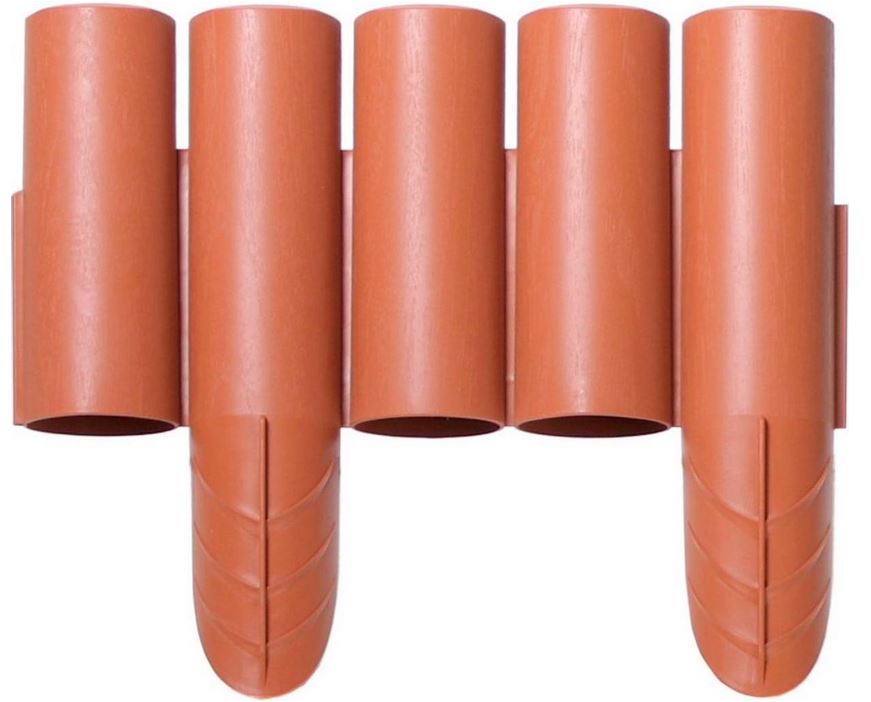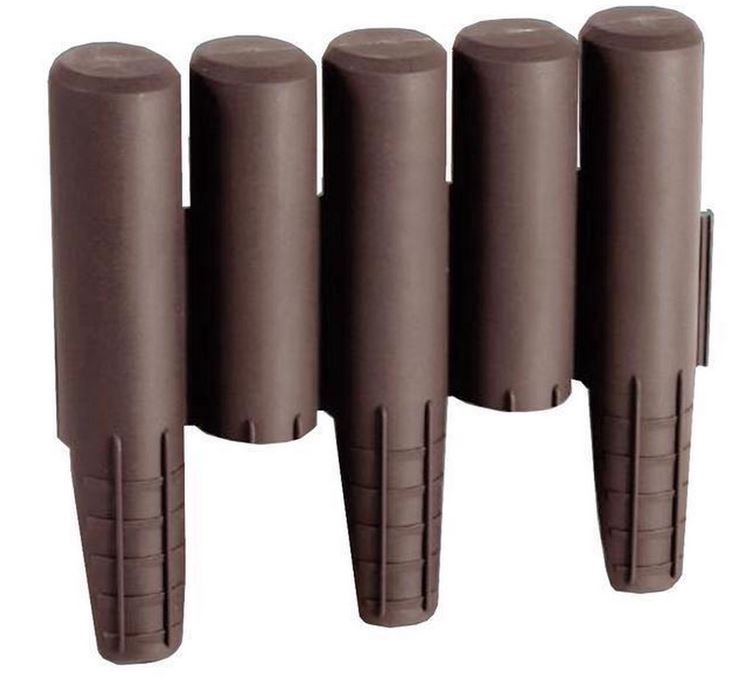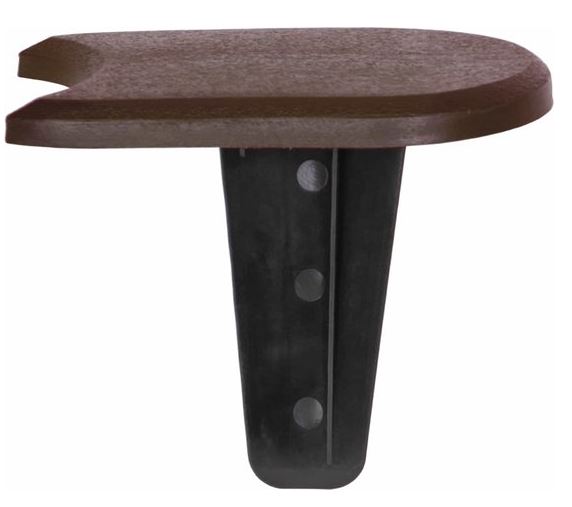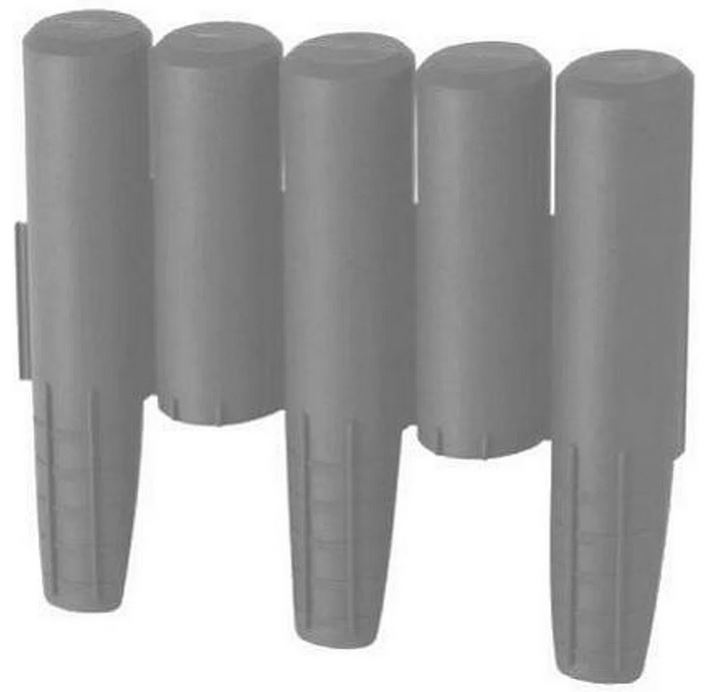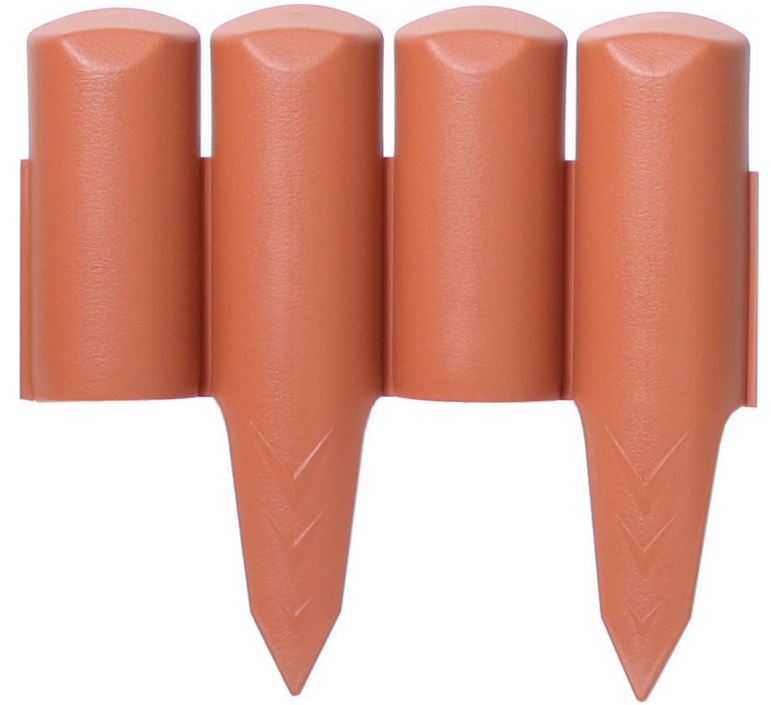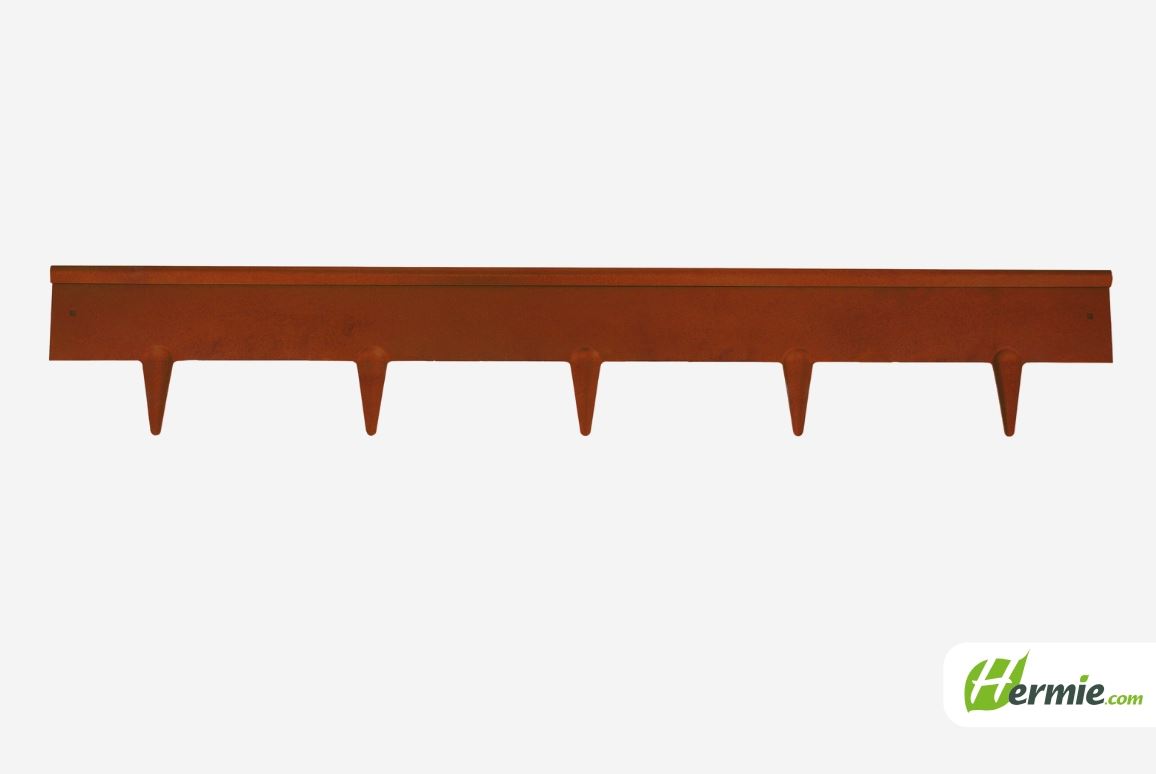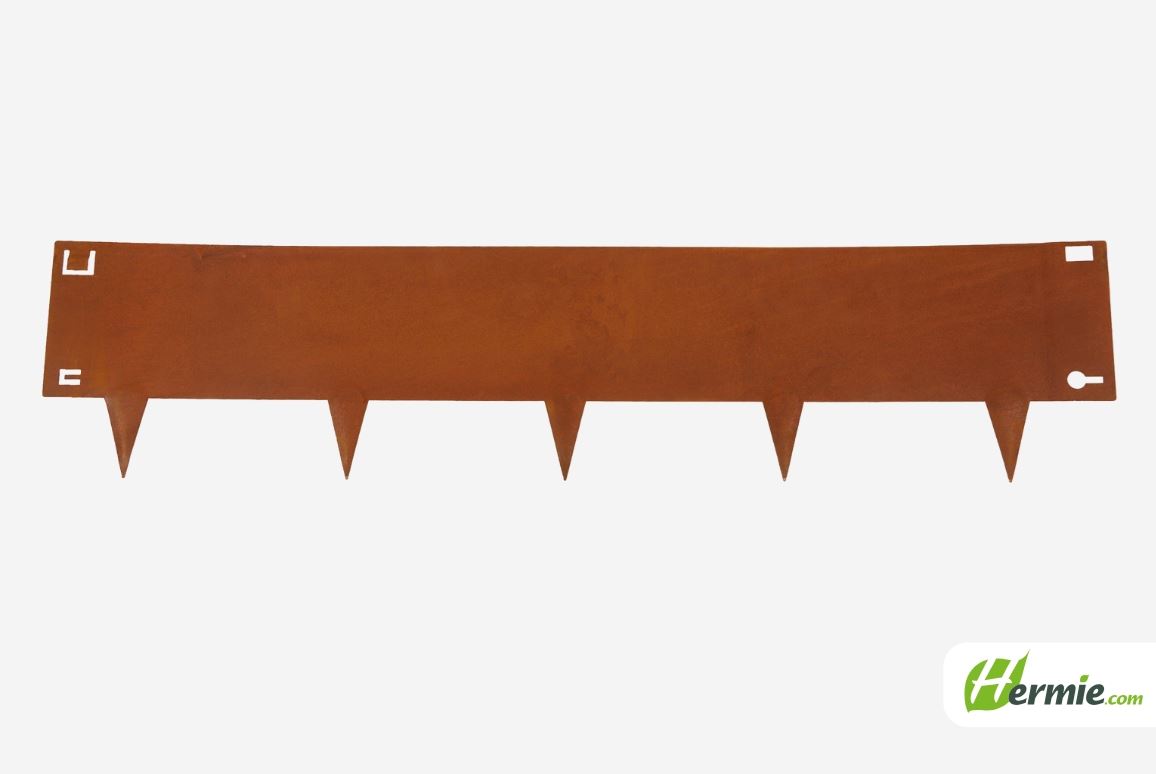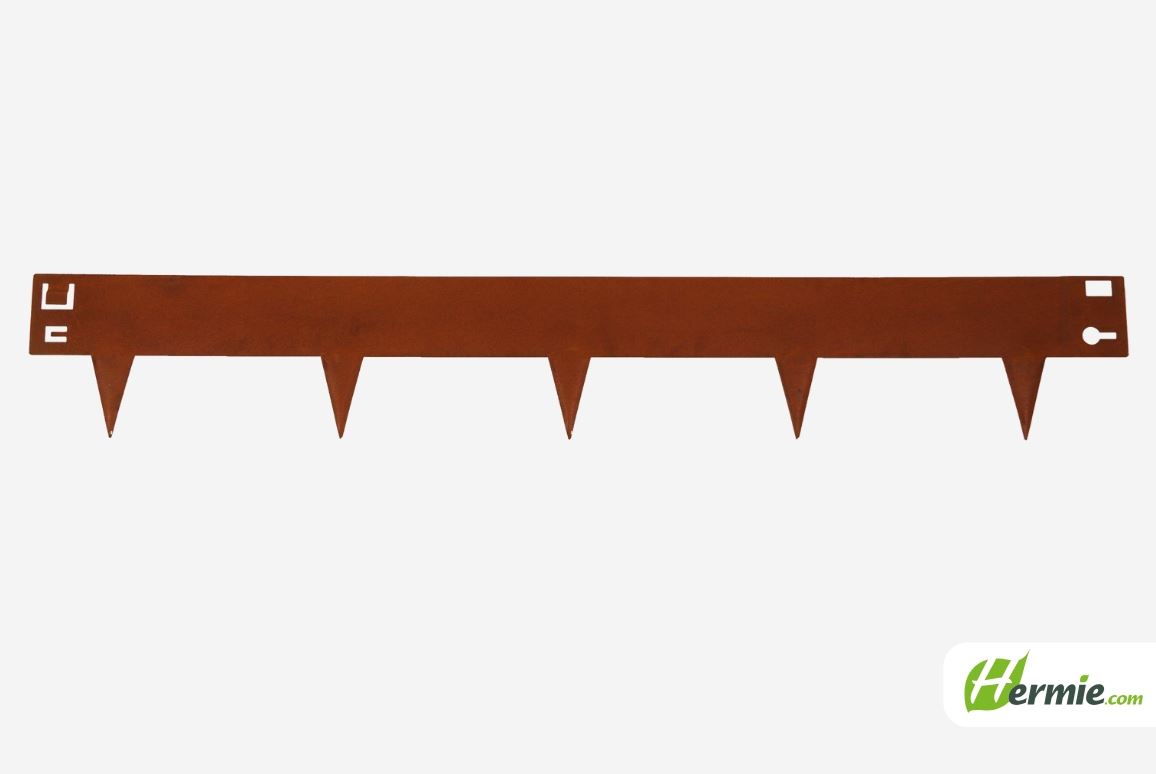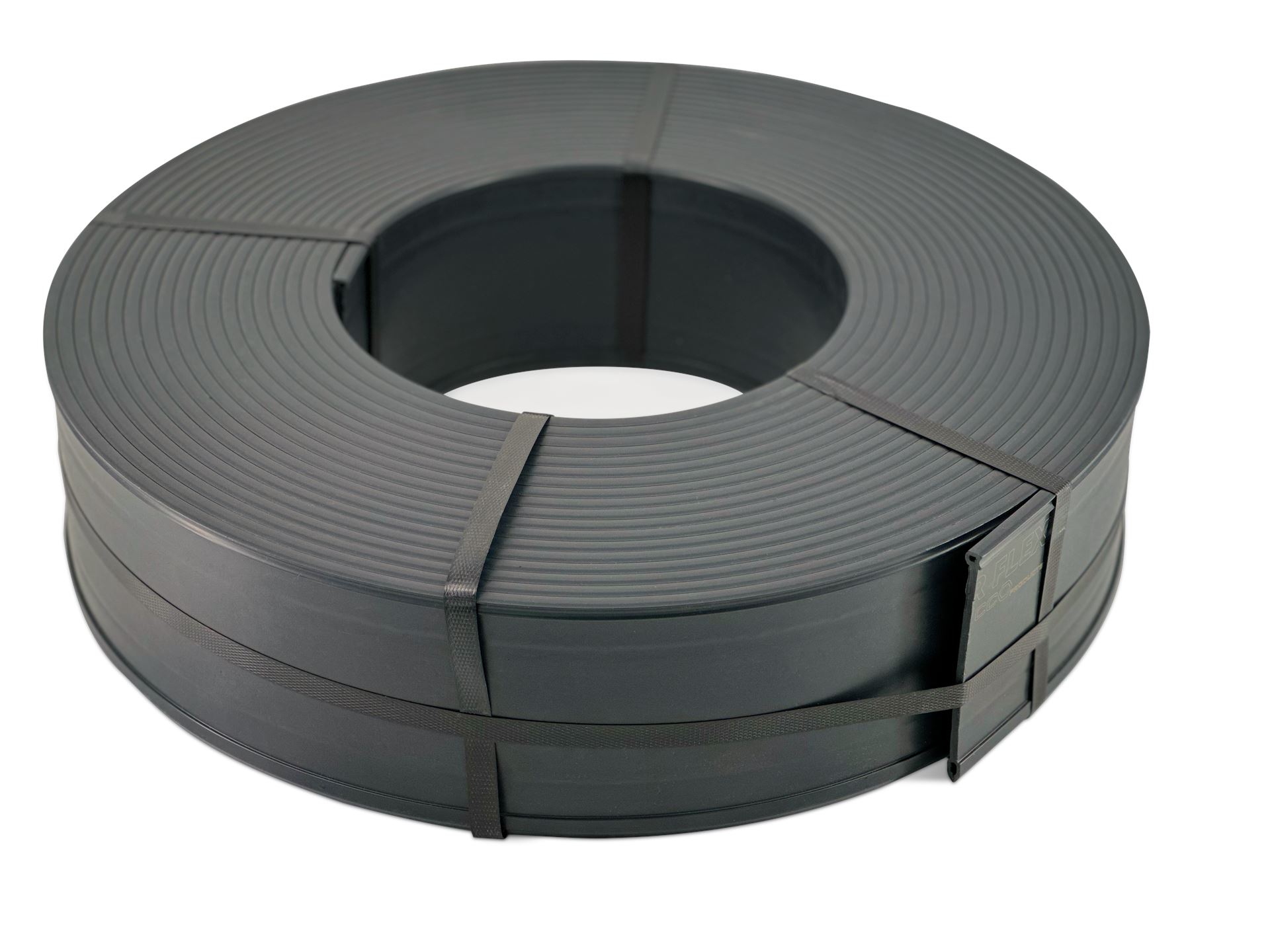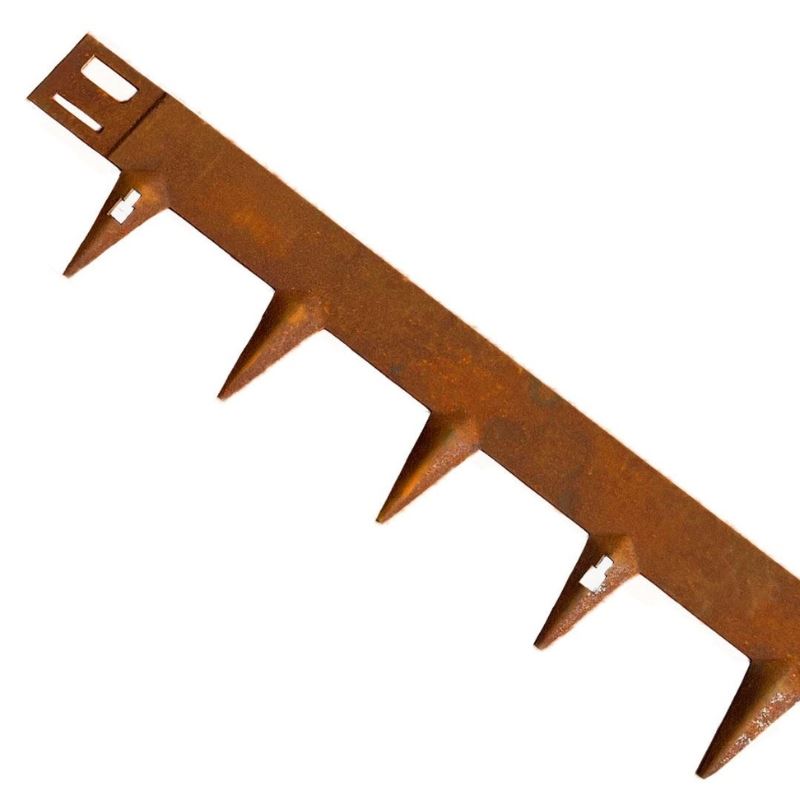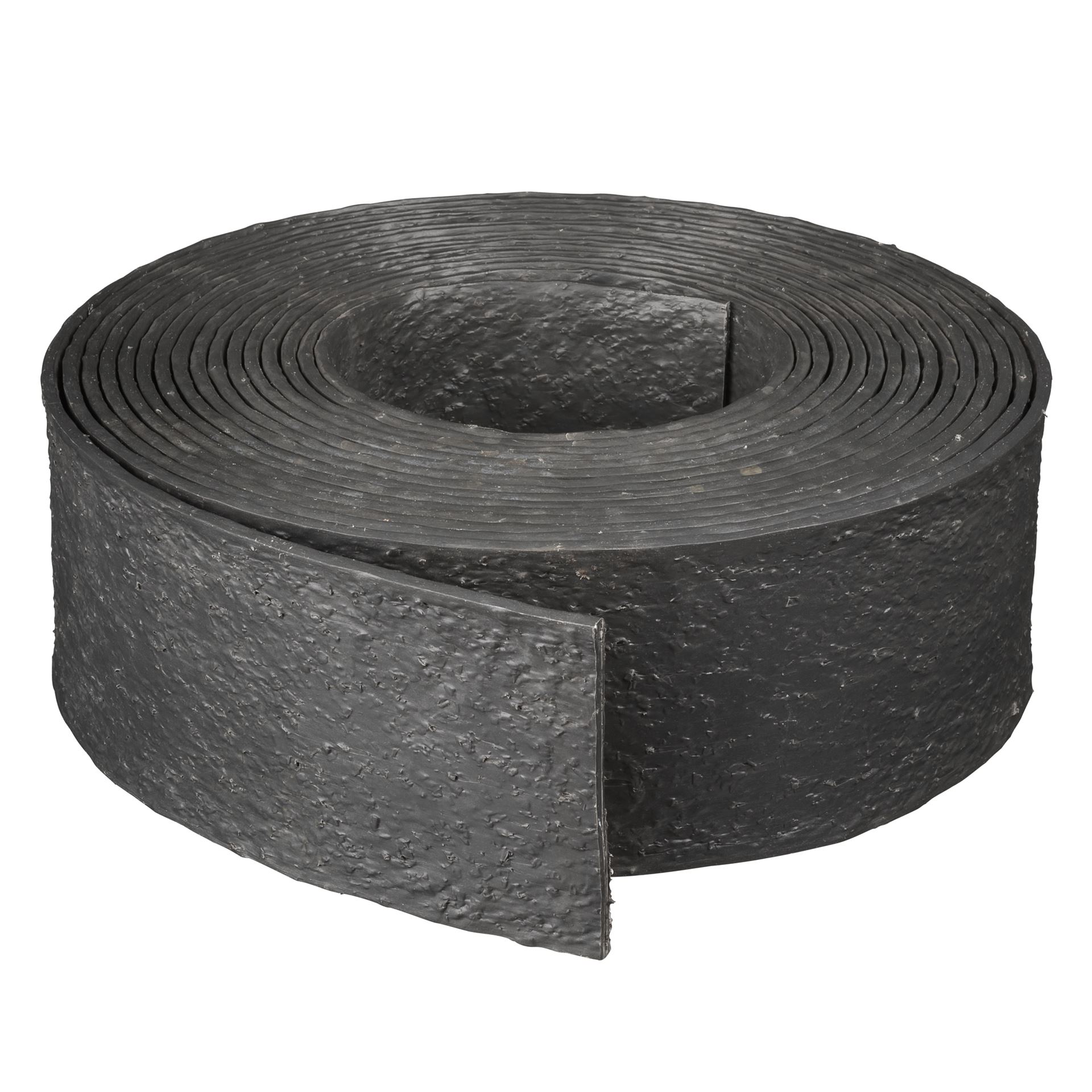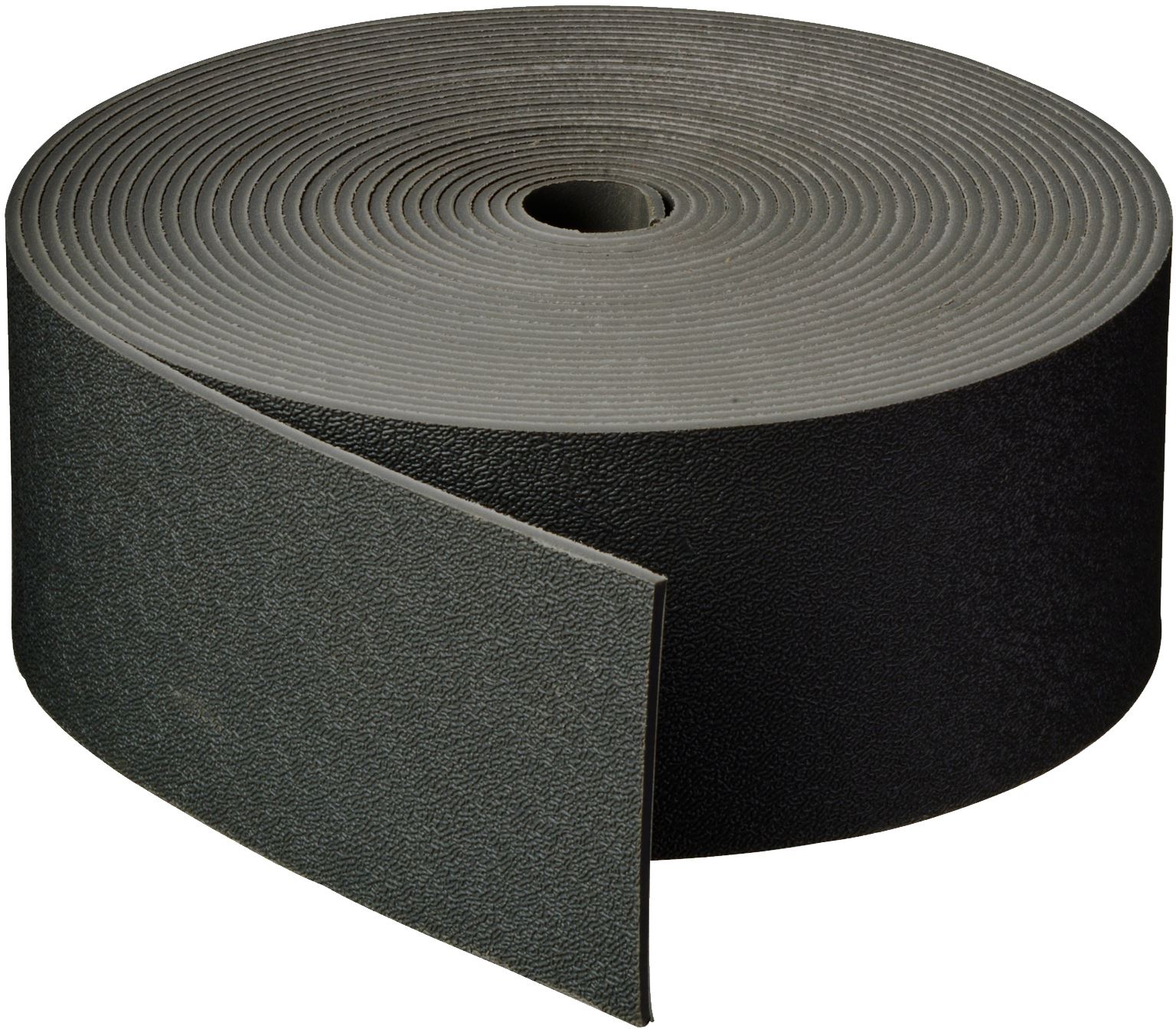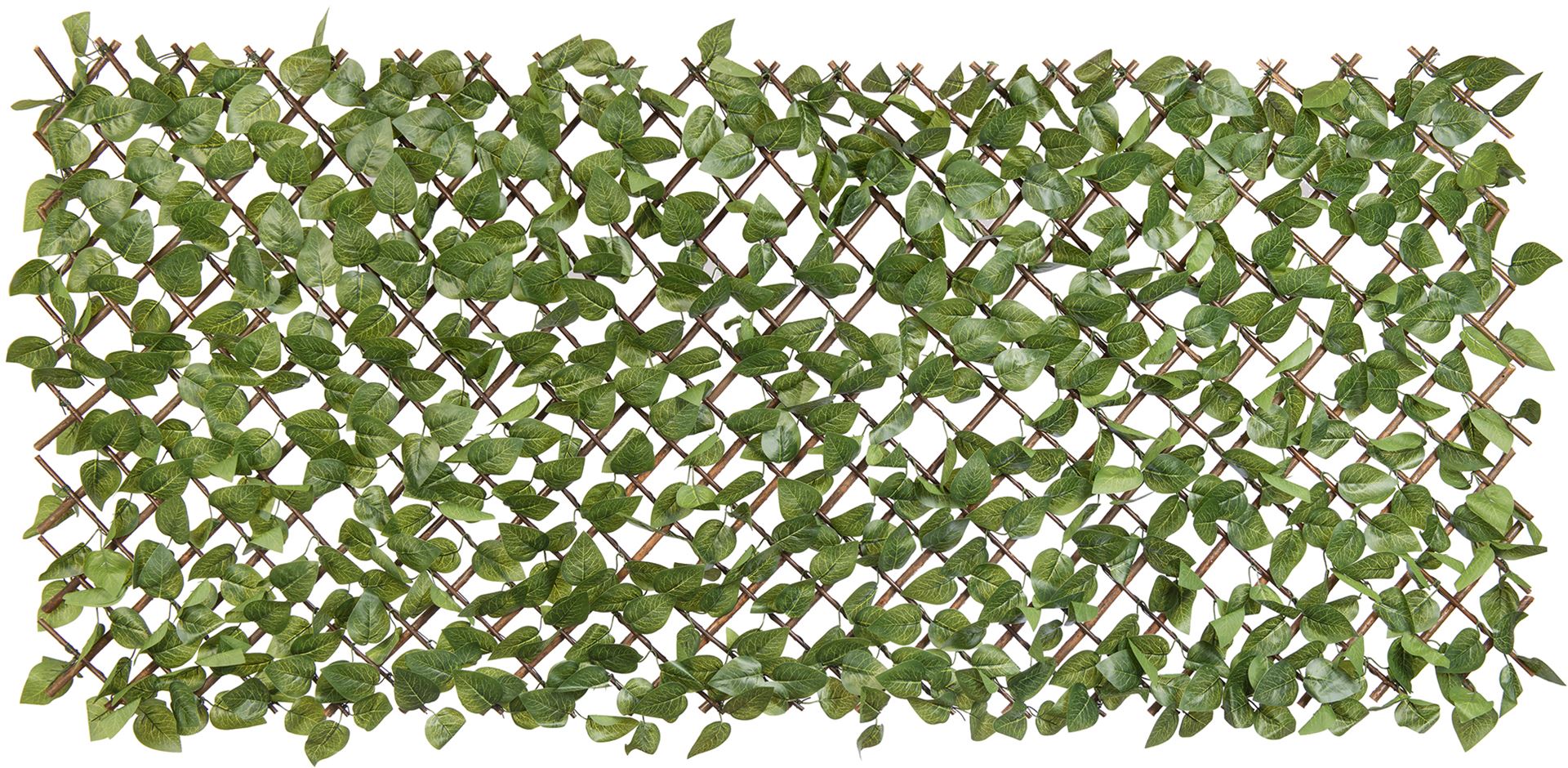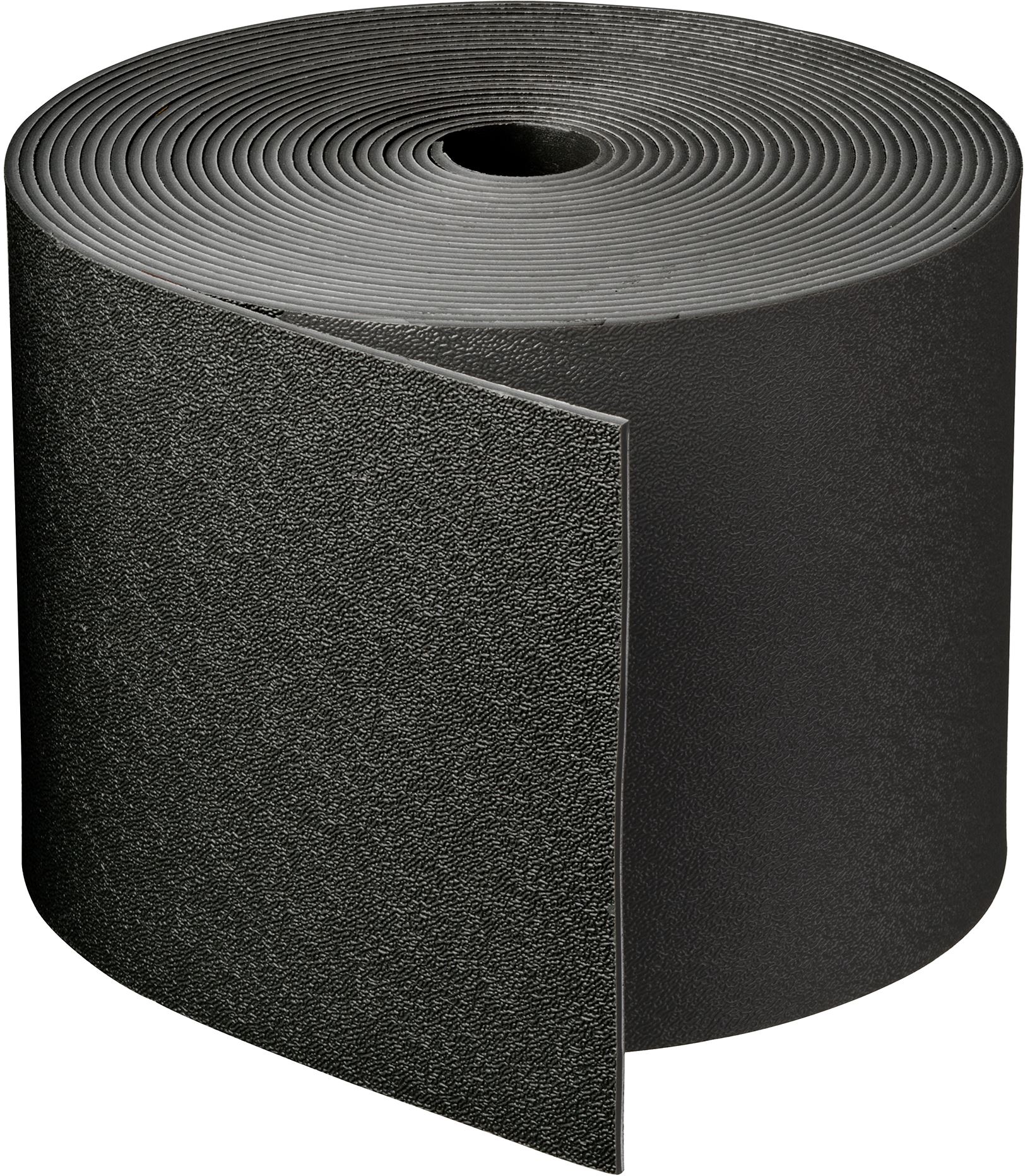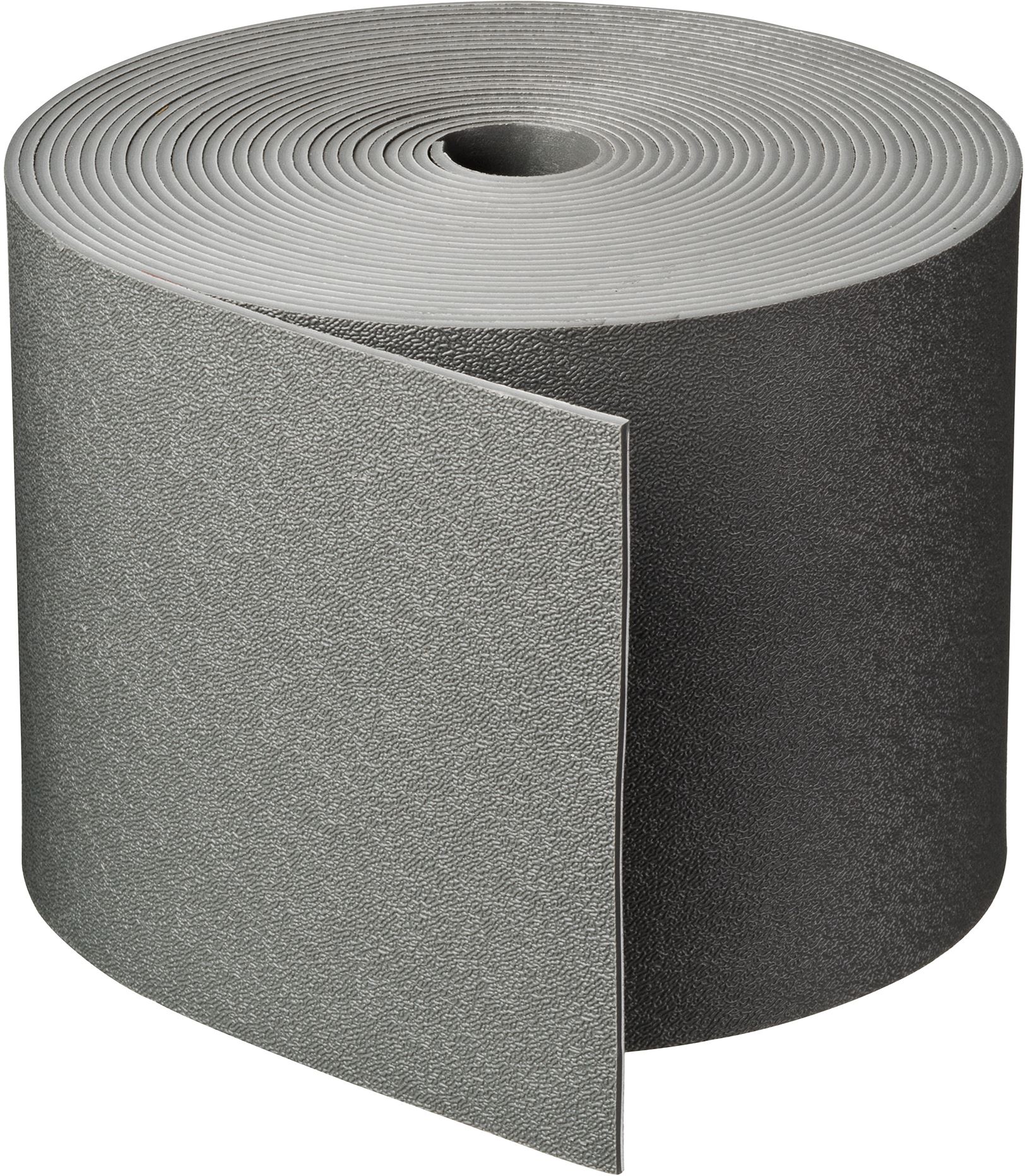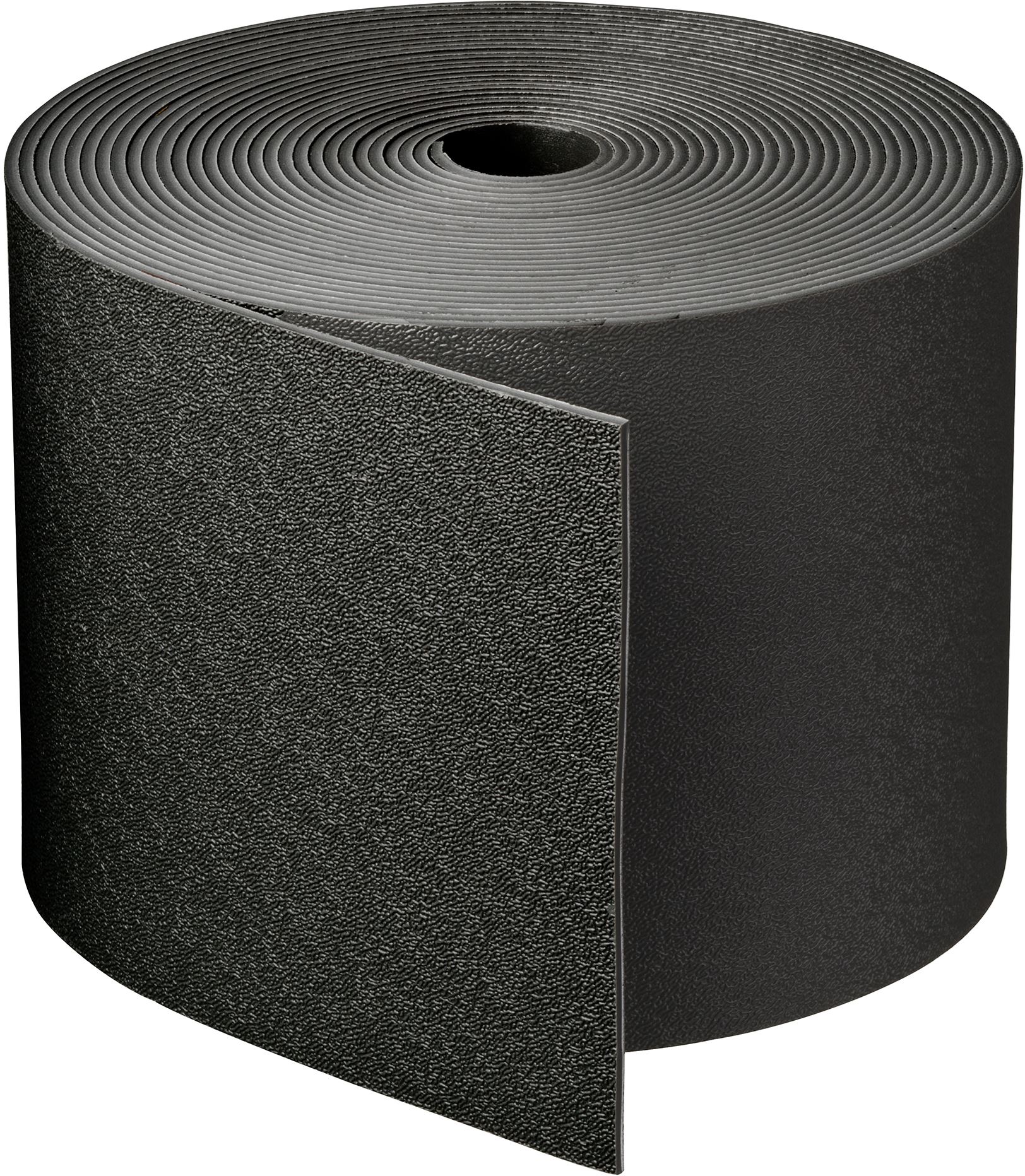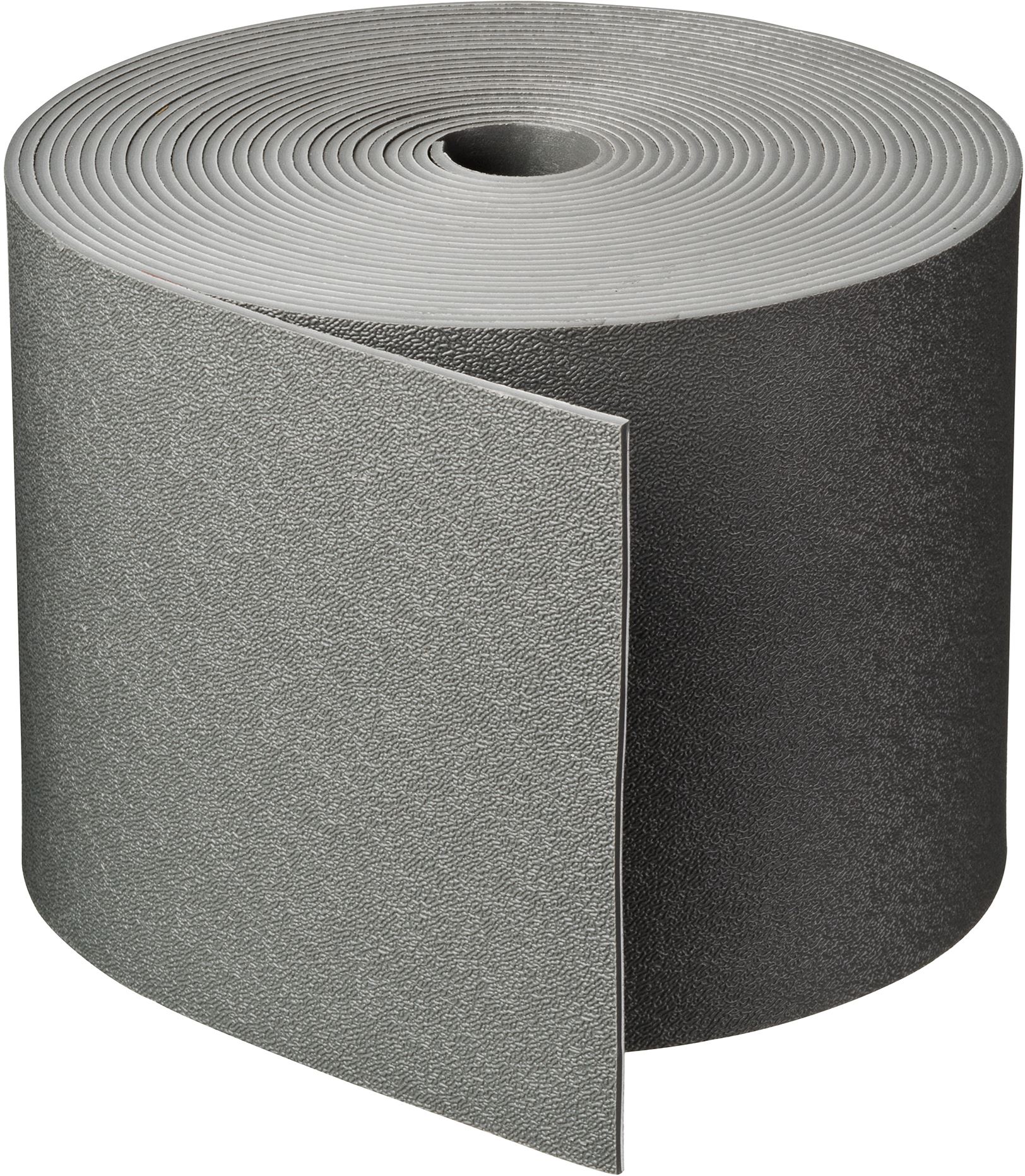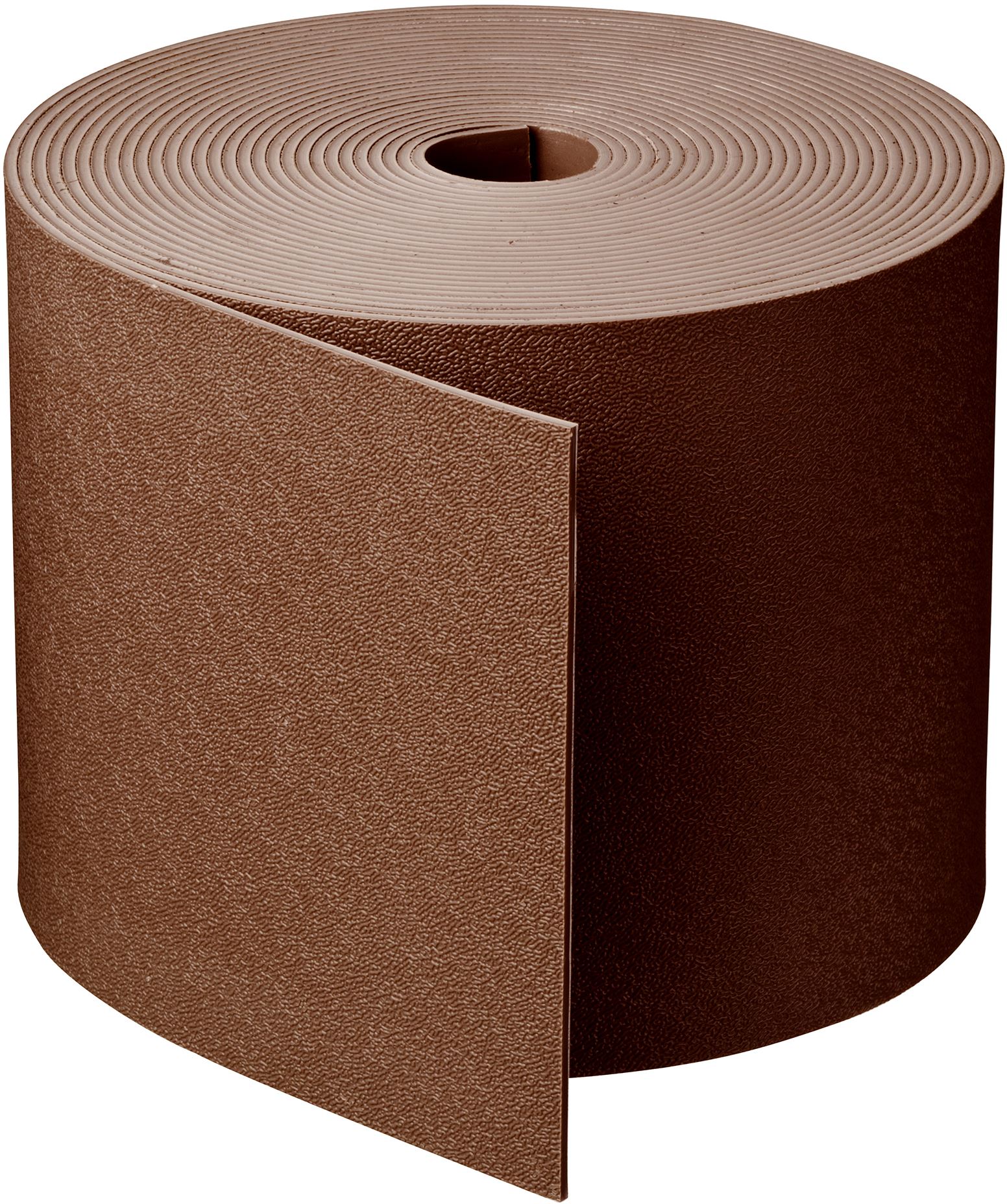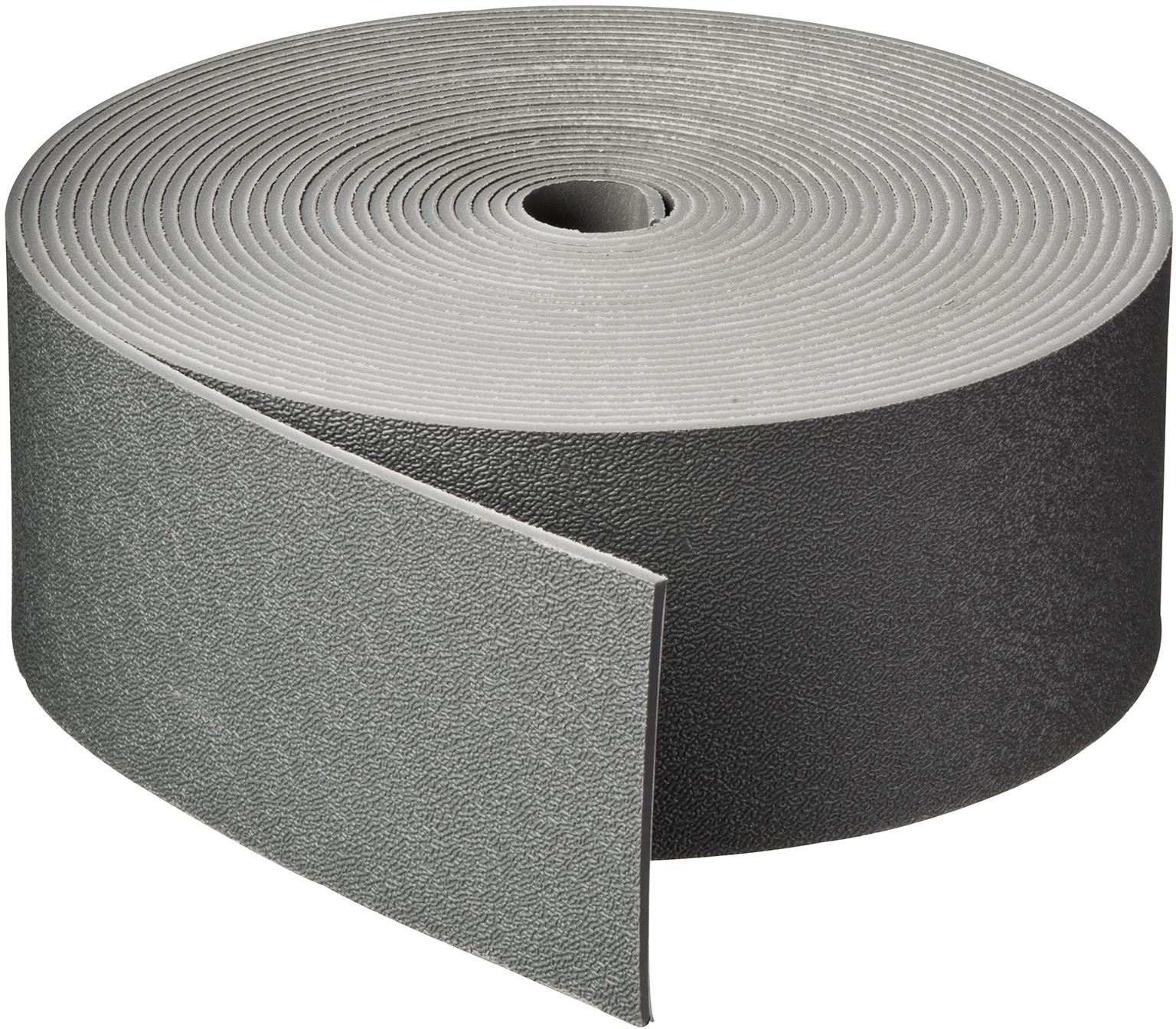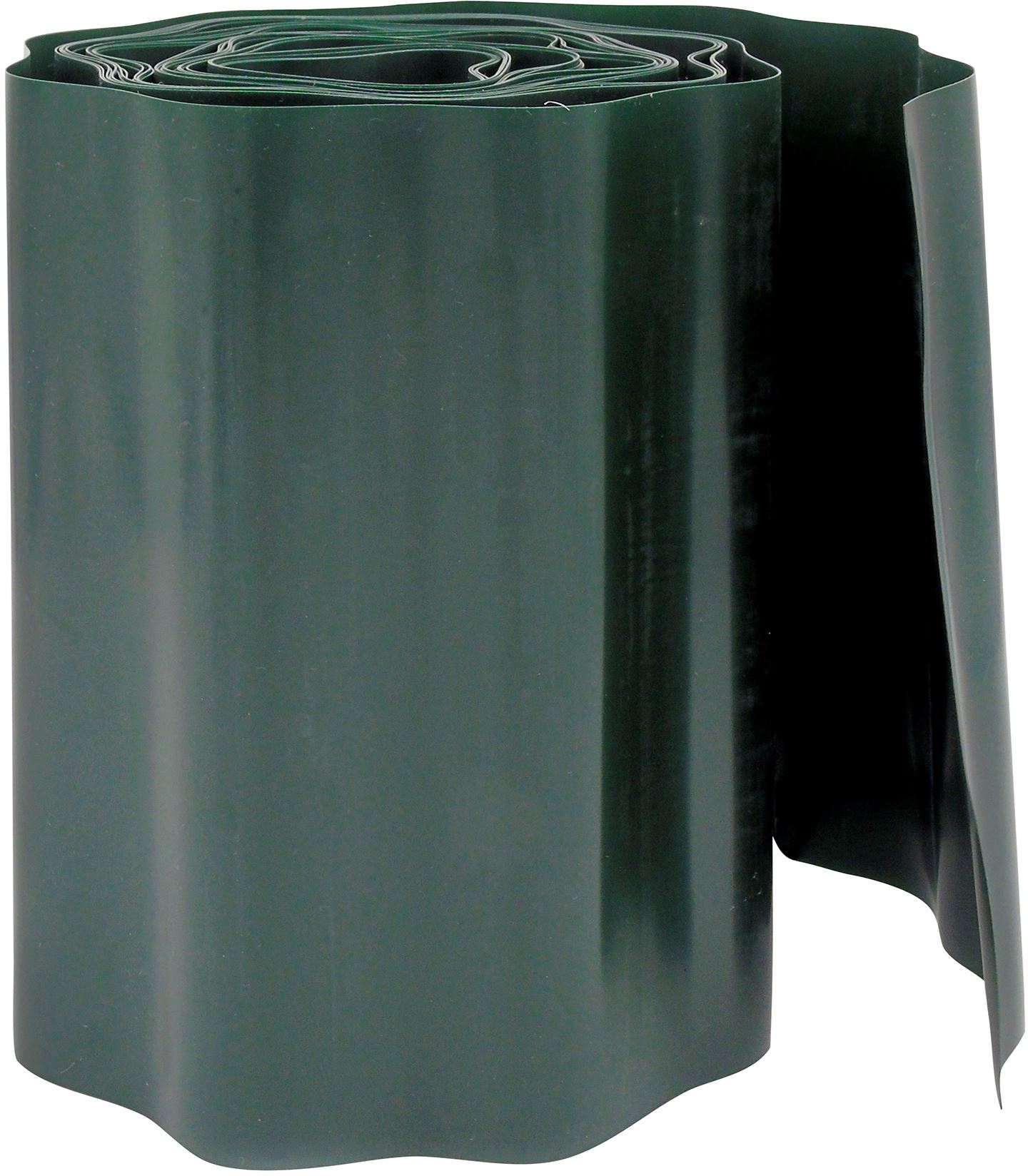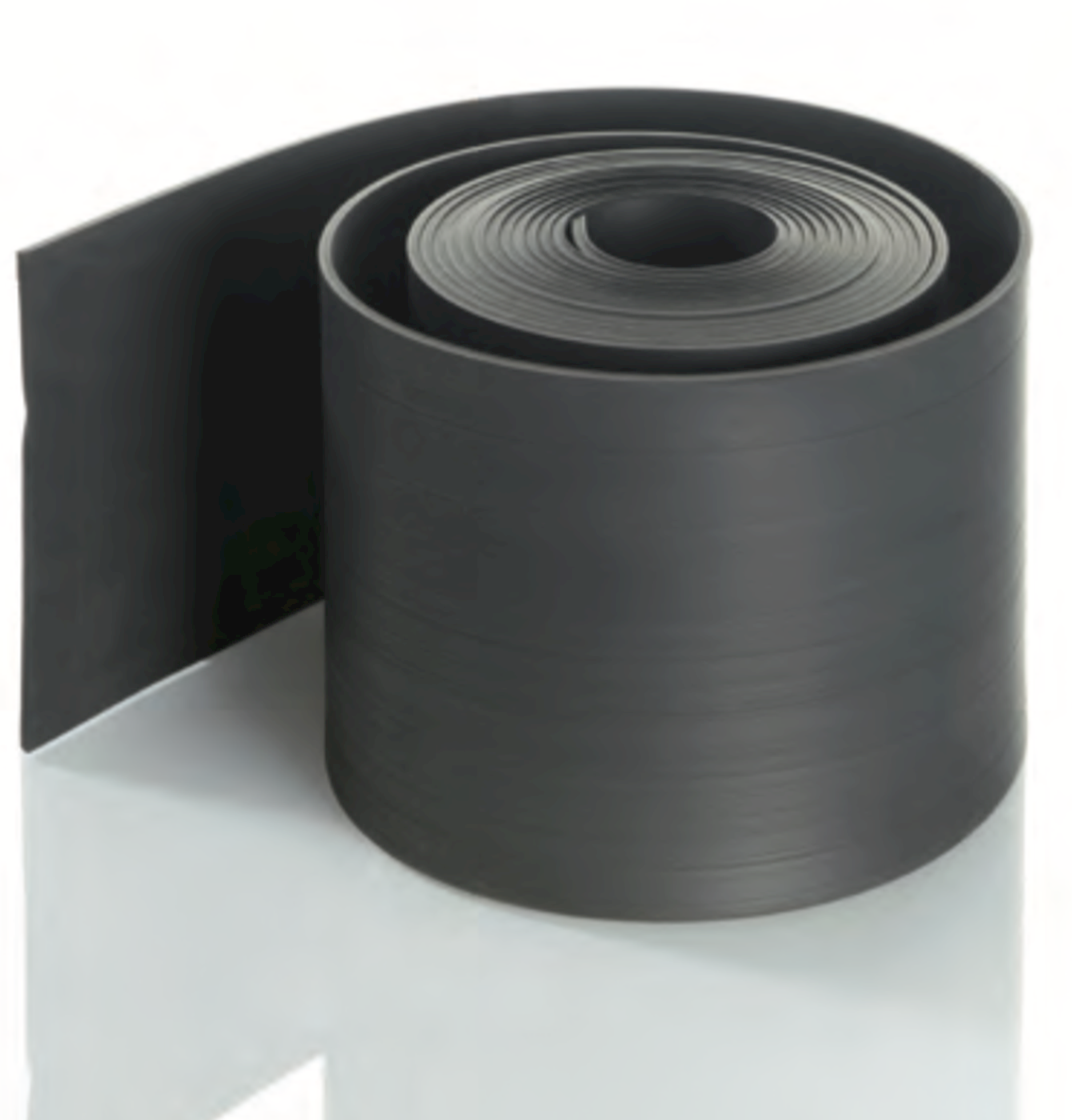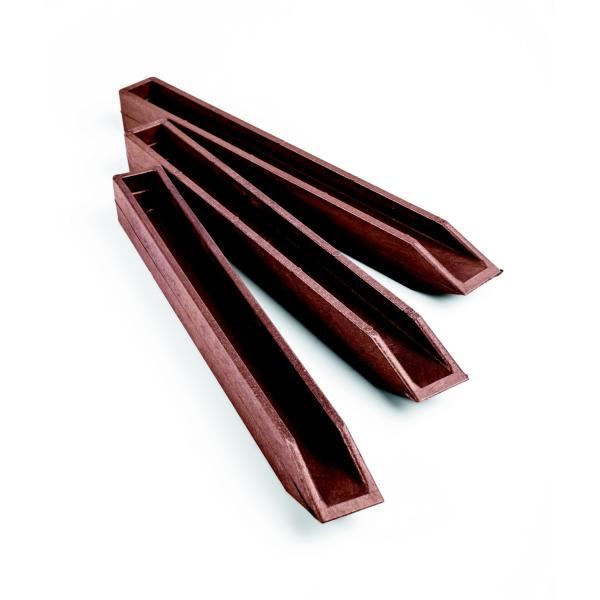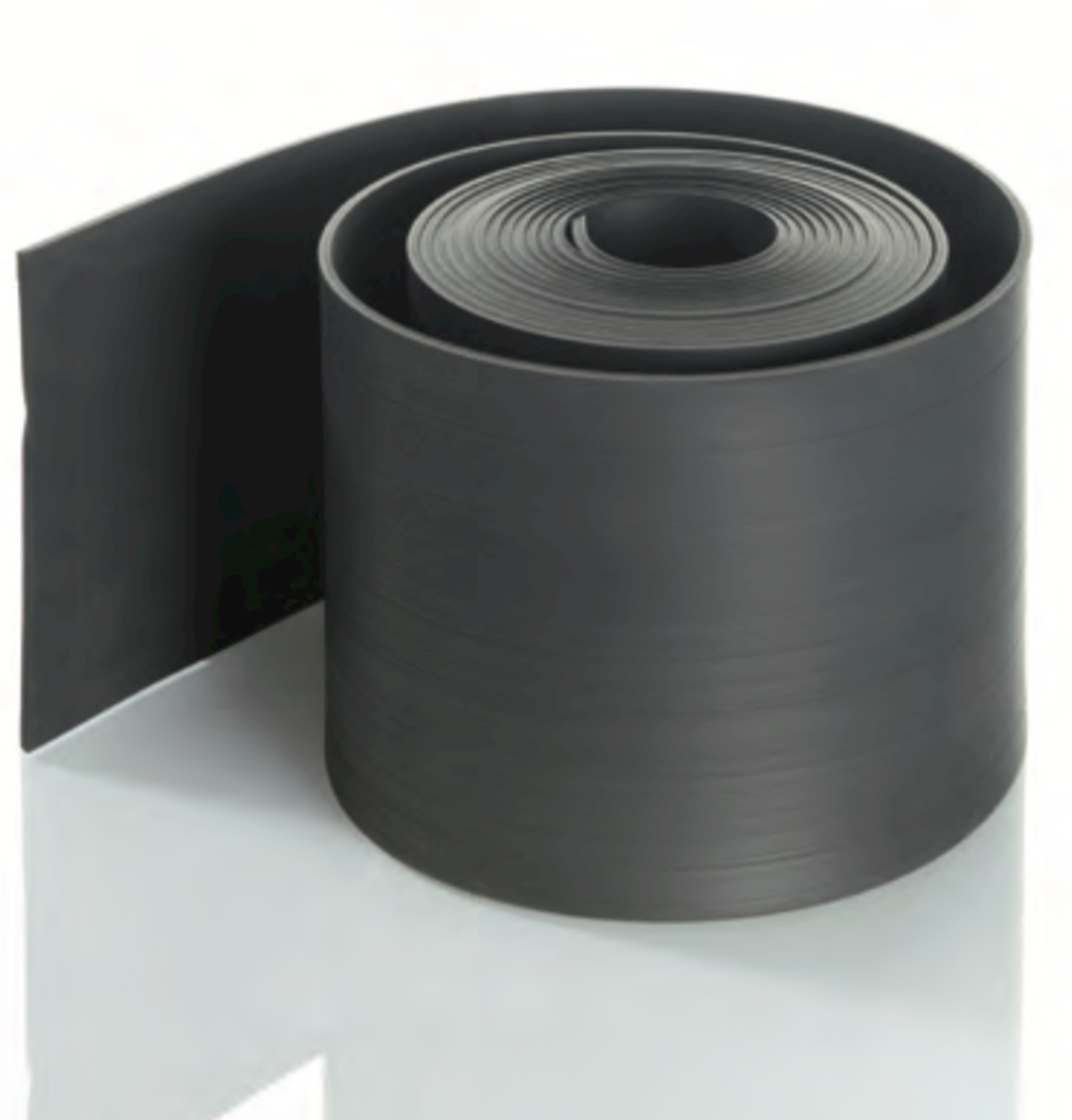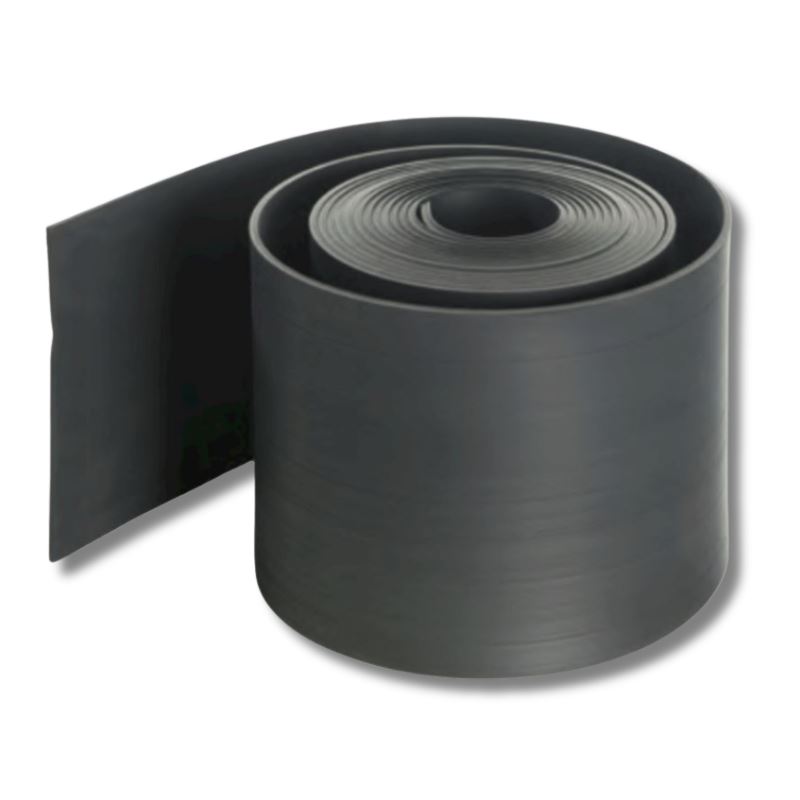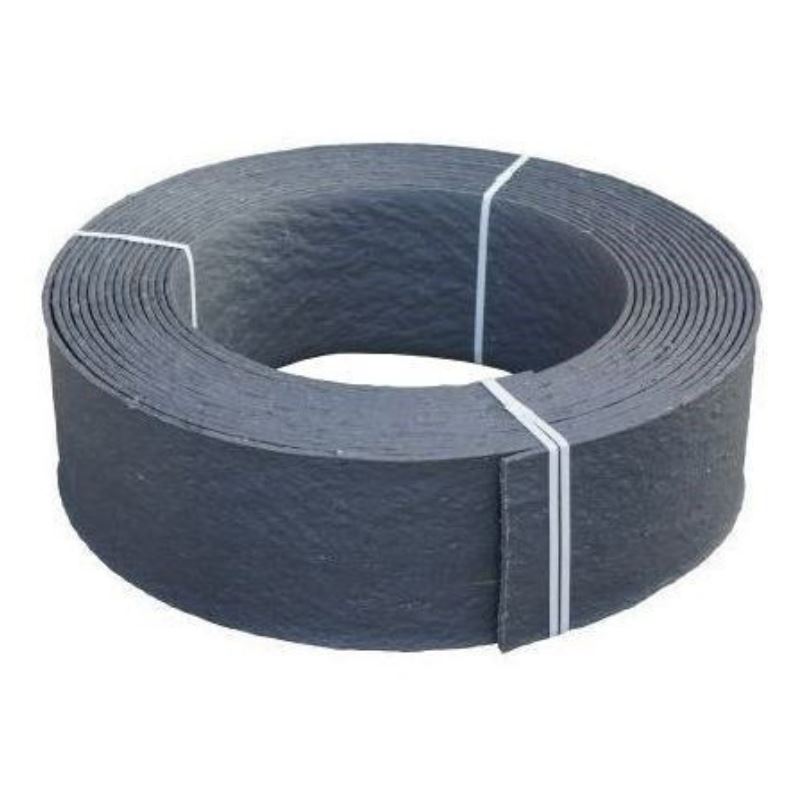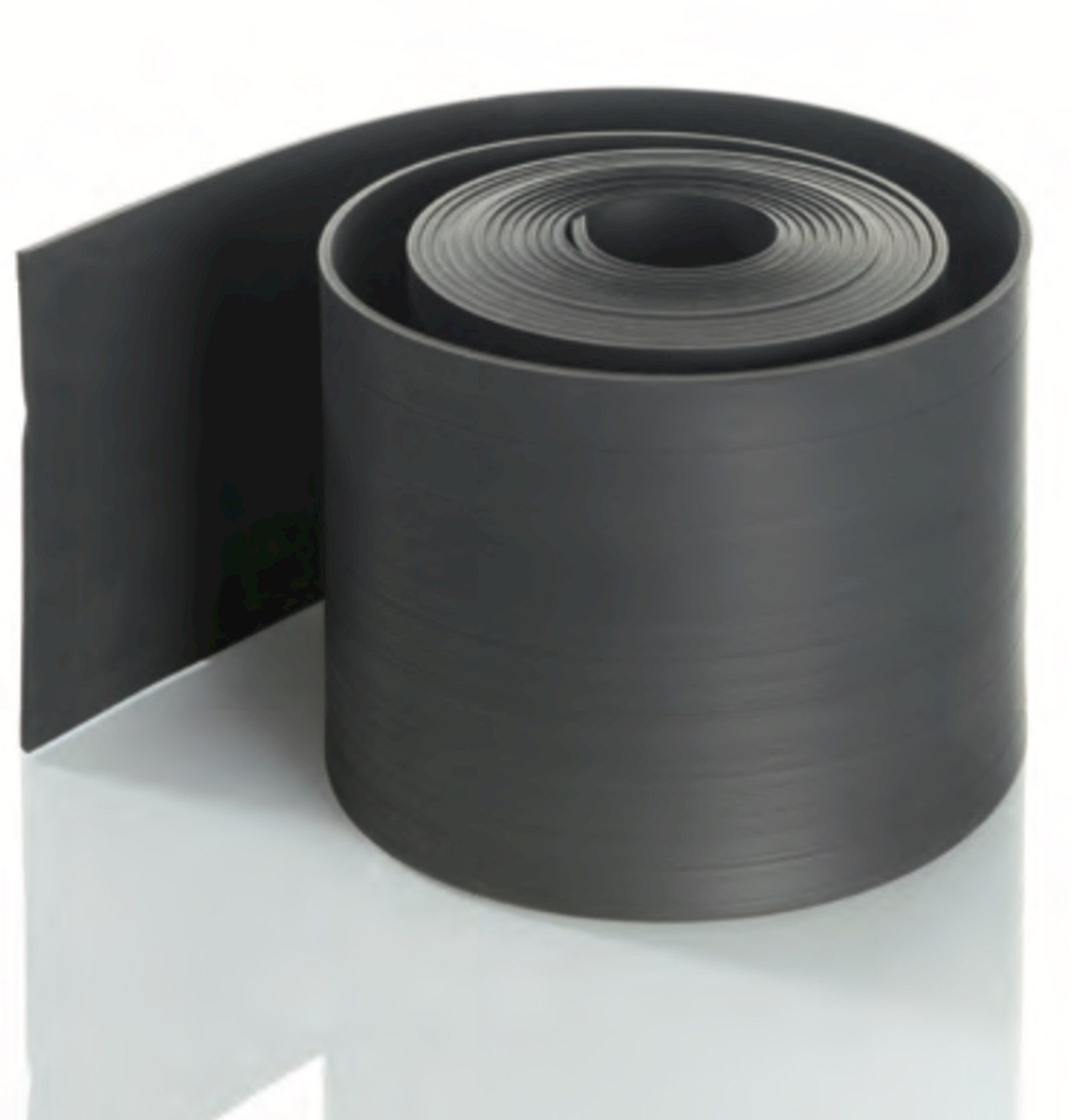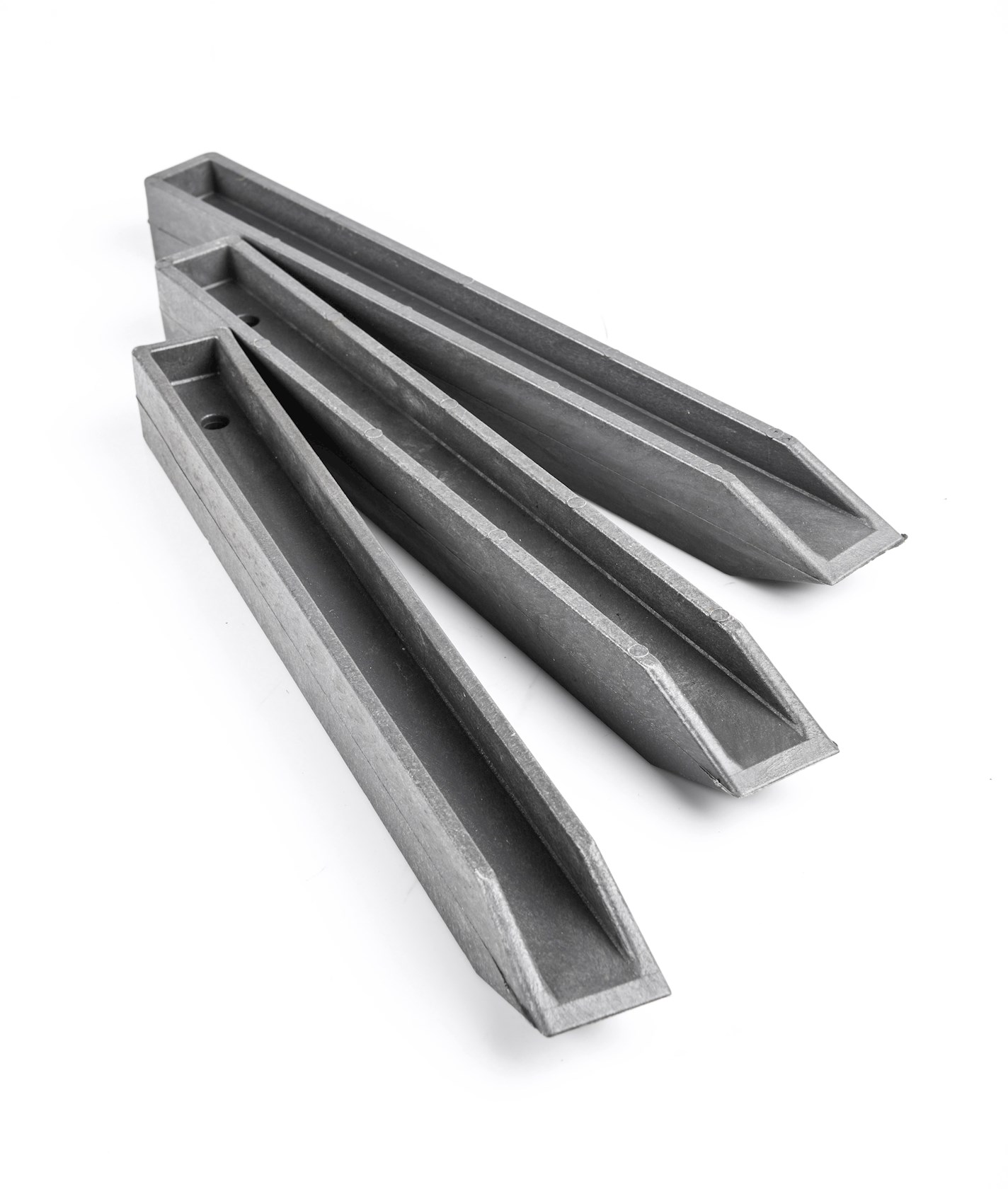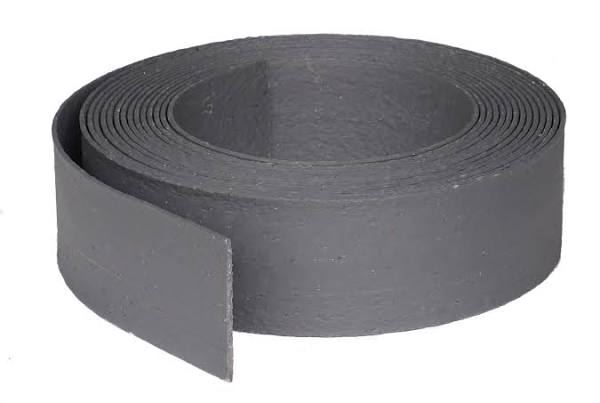Garden edging: the green borders of your garden!
In this blog, we tell you all about garden edging.
We give you a clear step-by-step plan so that you can choose the type of edging that suits you and your garden. Read on!
What can you use garden edging for?
One of the advantages of garden edging is that you can easily divide your garden into sections. It offers countless possibilities for various applications:
• Lawn and border edging
• Finishing of paths, terraces or ponds
• Flower beds, flowerbeds or kitchen gardens
• Creating vegetable garden containers
Tip from Marcel: Create a kitchen garden container from Corten steel!
Kitchen garden containers and square-meter gardens are often made of wood. This creates a natural look in the garden, but wood does not have as long a lifespan as Corten steel and can also rot due to humid weather conditions.
Border borders are not only useful for dividing up your garden, but also for highlighting specific parts of your garden. Give your creativity free rein! Think, for example, of a round border around a (multi-stemmed) tree with beautiful planting. Add mood lighting and you create an eye-catcher in your garden.
How do I choose the right garden edging?
Choosing the right garden edging depends on several factors, such as the purpose, style of your garden, material and maintenance. We'll give you an overview of all types of edging and list their pros and cons so you can make an informed choice!
Step 1: do you opt for a sleek or organic look?
First, it is important to decide whether you want a clean, minimalist and rectilinear look or whether you prefer playful, natural and organic shapes. Not every type of edging is suitable for both purposes. For straight lines, you need a solid border, while for organic shapes, the material needs to be just a bit more flexible and bendable.
Step 2: choose the suitable material
Below you can read about the advantages and disadvantages of each material. We also tell you immediately whether the edging is suitable for straight lines or organic shapes. So you can choose the material that best suits your garden and maintenance preferences!
- Steel/metal
The most popular material at the moment is undoubtedly Corten steel, and with good reason! Corten steel is very durable, has a long lifespan, requires no maintenance and comes into its own in modern, austere as well as country gardens. You can also opt for galvanised steel or (black) painted steel.
Advantages of Corten steel:
• Durable
• Long lifespan
• Maintenance-free
• Resistant to all kinds of weather conditions
• Looks good in both rural and modern gardens
• Suitable for straight or organic edging
Disadvantages of Corten steel
• More expensive than e.g. a plastic variant
To metal guardrails
- Plastic
At Hermie, we also have a lot of recycled plastic edging in our range:
• Ecolat
These flexible guardrails are made of 100% recycled plastic.
• Ecorub
Advantages:
• Cheaper option
• Maintenance-free
• Light & flexible: easy installation
• Resistant to all kinds of weather conditions
• Suitable for straight or organic edging
• Recycled variants also available
Cons:
• Doesn't look as natural & warm in the garden
• Less sturdy than e.g. steel, concrete or natural stone
- Wood
Advantages:
• Warm, natural look
• Versatile: you can easily saw the wood into all shapes and sizes
• More environmentally friendly if you choose recycled wood
Cons:
• Maintenance-intensive: you need to treat the wood with stain or oil on a regular basis
• Shorter lifespan: wood can rot due to humid environment
• Watch out for hungry woodworm or termites
- Concrete
Advantages:
• Very long lifespan
• Very strong & stable
•Low maintenance: concrete does not rust or rot
Cons:
• More labour-intensive: installation and preparatory work require more time and effort than with other fencing. Concrete is also heavy to place.
• Organic shapes are more difficult with this type of demarcation. Concrete is more suitable for straight lines.
• Greater cost - Although concrete is very robust, cracks can appear over time if the concrete is not placed properly or is not the right thickness.
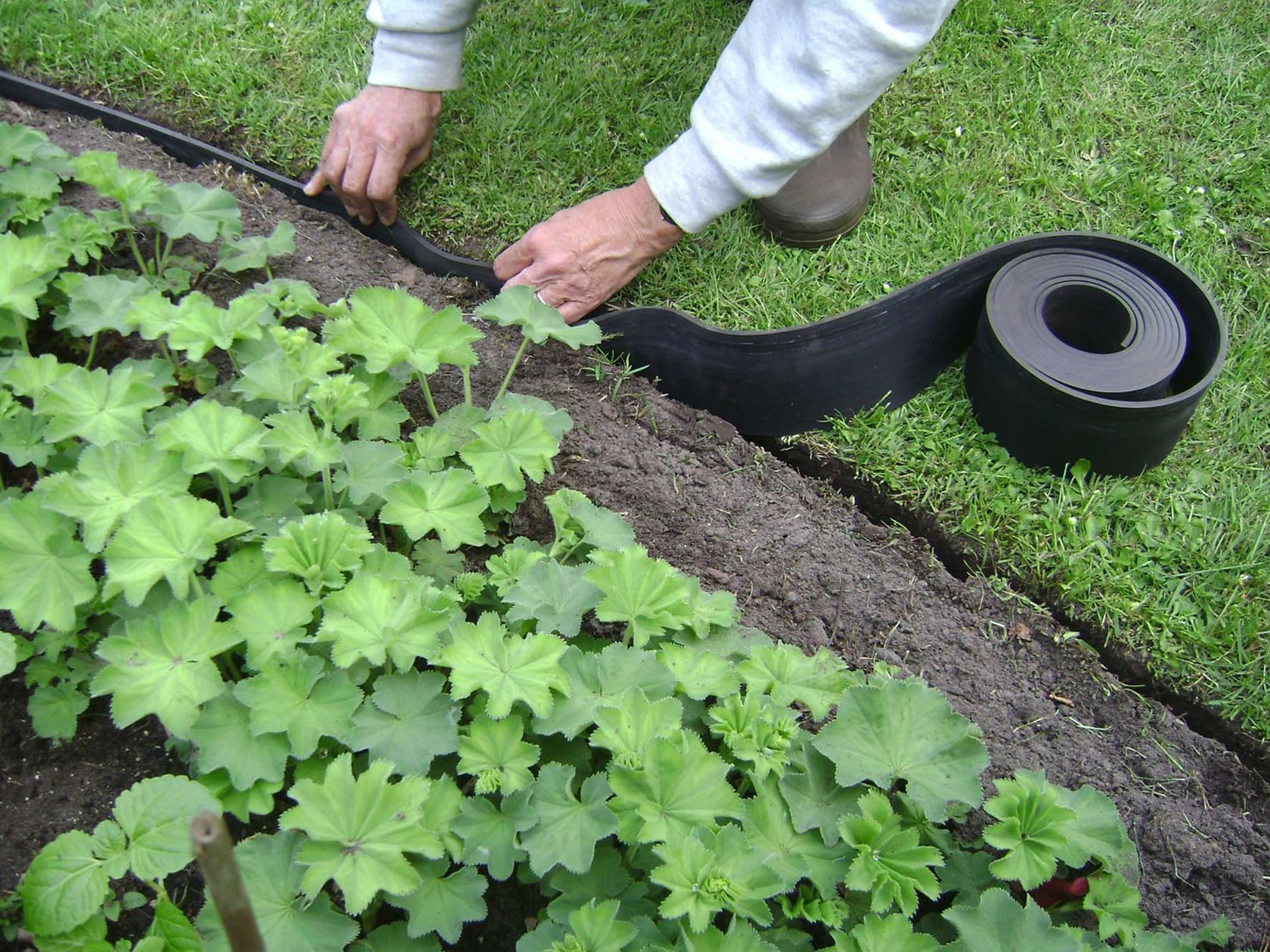
How should I mount the garden edging?
You also have several options for mounting. Rubber/plastic ties are often fixed in the ground with pegs.
But there are also types that are easy to slide into each other or that can be clicked and swivelled together. No special tools are needed for this, so they are completely foolproof!
Just make sure you buy enough metres of garden fence. You lose a few centimetres with the click and turn system because the two edges overlap. Make sure to measure and calculate before you checkout! 😉
View recommended products 👇
More info? Receive all our gardening tips directly in your mailbox!
We'll only email you handy facts, green advice and our best promotions & discounts. You'll receive it about once a week and you can unsubscribe at any time. No spam, promise 🤞

